Of all of the courses that I played from Dublin to Donegal, perhaps the one with the richest tournament pedigree is Portmarnock. Royal Portrush may have hosted the Open in 1951 and 2019—and will probably host it several more times—but Portmarnock has been hosting European Tour events continuously over the decades and, talking with people at the club, it seems that many of the tour’s past stars are a pretty common presence here. Plus, being less than 20 minutes drive from the capital city, it’s the Republic’s premier club. If the R&A were ever to hold the Open outside of the United Kingdom, I’d imagine that this would be the first place to go.
And having played the course, it’d be exactly the kind of course for it. It’s difficult, with narrow fairways and a good number of fairway bunkers demanding accurate driving, especially if the rough is up. But there’s not much quirky or unfair about it. There are fewer blind shots than most links courses I’ve played. And while a few of the greens have some pretty severe drop-offs at the edges, most are straight-forward. Like any links course, it wouldn’t be too easy to work your way around it if the wind is really blowing. But there are far fewer opportunities for lost balls and disasters than on my previous day’s course, The Island. Portmarnock’s challenge is fair and it’s a course that you can play well the first time you play it, if you’re on.
While I appreciate all of that and found the course preferable (if only slightly) to The Island because of it, it’s also the reason I don’t have the affection for Portmarnock that I have for many other links courses. I’ve heard people say similar thinks about Hoylake and Royal Birkdale—that they’re great tournament courses but a bit lacking in character—but I never got up to northern England. The links courses that I did play in England—Royal St. George’s, Rye, St. Enodoc—no one would accuse them of lacking character. And I guess that for a links course to be in my top tier, it has to be a little gritty. It has to have some blind shots and unusual holes. This can be overdone—and some of my favorite links courses certainly overdo it from time to time—but it’s that naturalness, that feeling-rugged-in-a-rugged landscape that I love about links golf. Not to sound too critical, but Portmarnock feels a bit Robert Trent Jones in comparison to a Deal or a Royal St. George’s.
A few practical comments about the place: one, it’s incredibly expensive. I was strongly encouraged to take a caddy (and he was a great guy so I’m glad I did), but the day ended up costing me well over $500. If you’re at all budget conscious and don’t care about checking world ranking boxes, you might want to skip Portmarnock. Also, there are 27 holes here and if you’re going to play, you should play all of them. There isn’t a noticeable difference in quality between the third nine and the main 18, except that the routing is a bit awkward at times because these holes are shoehorned around the originals.
Championship Course
To avoid getting stuck behind four balls as a single, I played Portmarnock in the convoluted order 10-18, 19-27, 1-9, but I’ll review the course in the traditional order 1-18, 19-27. The first is a very good par 4 opener, with three bunkers on the left progressively narrowing the fairway out to about 275 and the estuary (?) on the other side. If you’re playing the proper set of tees, each of Portmarnock’s three opening holes is medium-short par 4 and it’d be sensible to lay back here for accuracy. The green is open in front and slopes gently away at the back.
And having played the course, it’d be exactly the kind of course for it. It’s difficult, with narrow fairways and a good number of fairway bunkers demanding accurate driving, especially if the rough is up. But there’s not much quirky or unfair about it. There are fewer blind shots than most links courses I’ve played. And while a few of the greens have some pretty severe drop-offs at the edges, most are straight-forward. Like any links course, it wouldn’t be too easy to work your way around it if the wind is really blowing. But there are far fewer opportunities for lost balls and disasters than on my previous day’s course, The Island. Portmarnock’s challenge is fair and it’s a course that you can play well the first time you play it, if you’re on.
While I appreciate all of that and found the course preferable (if only slightly) to The Island because of it, it’s also the reason I don’t have the affection for Portmarnock that I have for many other links courses. I’ve heard people say similar thinks about Hoylake and Royal Birkdale—that they’re great tournament courses but a bit lacking in character—but I never got up to northern England. The links courses that I did play in England—Royal St. George’s, Rye, St. Enodoc—no one would accuse them of lacking character. And I guess that for a links course to be in my top tier, it has to be a little gritty. It has to have some blind shots and unusual holes. This can be overdone—and some of my favorite links courses certainly overdo it from time to time—but it’s that naturalness, that feeling-rugged-in-a-rugged landscape that I love about links golf. Not to sound too critical, but Portmarnock feels a bit Robert Trent Jones in comparison to a Deal or a Royal St. George’s.
A few practical comments about the place: one, it’s incredibly expensive. I was strongly encouraged to take a caddy (and he was a great guy so I’m glad I did), but the day ended up costing me well over $500. If you’re at all budget conscious and don’t care about checking world ranking boxes, you might want to skip Portmarnock. Also, there are 27 holes here and if you’re going to play, you should play all of them. There isn’t a noticeable difference in quality between the third nine and the main 18, except that the routing is a bit awkward at times because these holes are shoehorned around the originals.
Championship Course
To avoid getting stuck behind four balls as a single, I played Portmarnock in the convoluted order 10-18, 19-27, 1-9, but I’ll review the course in the traditional order 1-18, 19-27. The first is a very good par 4 opener, with three bunkers on the left progressively narrowing the fairway out to about 275 and the estuary (?) on the other side. If you’re playing the proper set of tees, each of Portmarnock’s three opening holes is medium-short par 4 and it’d be sensible to lay back here for accuracy. The green is open in front and slopes gently away at the back.
The second is only about 360 from the whites but has something of a recurring feature—you drive into an open area, but the fairway is only in part of that area so the aim point is a bit deceiving. Here it’s probably at the right edge of the bunkers right of the green. Anything up the left can get stuck in rough which wasn’t too high when I played in late April, but which my caddie told me can get pretty nasty.
Three is another sub-400 yard par 4 and is probably the property’s most awkward hole, doglegging left around the fifth green and some nasty rough, with the estuary curving up along its entire right side. On this day, the estuary was dry and you wouldn’t get in too much trouble if you drove it in there. Still, when my caddie handed me the driver, I put it back in the bag and took out my 2-hybrid. There’s no need to hit anything longer than about 225 here anyway.
Four is the first ‘tough’ hole, a par 4 of around 450 yards. Obviously it’s a challenging drive with bunkers everywhere. But the course’s first really interesting shot is the approach, to a green that’s partially-to-completely blocked by a dune if you drive it up the left side. The right side of the fairway gives you a clear view and an open angle into the green…but that’s also where most of the bunkers are. It’s a very good hole.
The drive on the par 4 fifth might be the course’s quirkiest, blind over two dunes. But it isn’t a particularly difficult one; it’s pretty flat and open on the other side. The approach to the green is similar in character to the first three.
Six is a very long par five with staggered bunkers in the driving zone, first right then left. It’s a fairly standard bunkering scheme for this course, which is not excessively bunkered off the tee, but usually gives you a few on both sides of the fairway that you have to work between. There’s a hidden pond in the left rough that runs to about 100 yards short of the green so it’s best to hedge a bit right with your layup.
It takes until the seventh to reach our first par 3 (there are only 3 on the Championship Course), but it’s a lovely one. It also has some interesting interior contours from what I remember…although apparently not interesting enough for me to take a picture of them.
I found the again, sub-400 yard par 4 eighth to be one of the most frustrating holes on the course, but not in a bad way. Like two, it’s a bit unclear where most of the fairway is; it’s actually further right of where you think. And I think it’s especially important here that you’re up the right side because the green is deep, narrow, and angled toward the right side…and has severe drop-offs on the right and in the back. There’s also a rise and a bunker short-left of the green, so it’s very difficult to hit and hold the green from the left rough. I made a mess of this hole but I think that if you played it correctly, it shouldn’t be too bad.
Definitely one of the most interesting, and I think probably one of the best holes in the 27.
Definitely one of the most interesting, and I think probably one of the best holes in the 27.
Nine is another long, stern par 4 with staggered fairway bunkers, first at ~240 on the right, then ~280 on the left. Perhaps the pattern is getting a bit repetitive by this point, but hey, it’s a championship course. The approach is over a ditch about 50 yards short of the green and the green complex has some good contour both on the approach and on the surface.
The back nine starts with a hole that shouldn’t be too difficult…as long as you can hit a wedge. It’s only about 360, so it’s probably best to lay up where the fairway narrows at the left bunker (about 260). The green is very reminiscent of a Pinehurst green, with run-offs on all sides. Missing short isn’t too bad, the sides are slightly worse, and long is…terrible. Like most of Pinehurst’s greens, the domed shape is intimidating to hit to, but there should be enough room up there given the length of the hole. It’s a good one.
Eleven is a pretty straight-forward par 4 of just over 400 yards. There are some bunkers (and gorse) up the right, but there’s no trouble left unless the rough is up. It’s a basic approach to a flat green with bunkers at the front right and left.
The par 3 twelfth is definitely not a basic approach to a flat green. It probably has the most interior contour of any green in the 27 holes. It’s only about 150 yards and if the pin is on the deeper left side of the green, it shouldn’t be too hard. But if they tuck the pin at the far right as on this day…just play to the middle-left and take the long putt. There’s a little dip behind the green and you’ll have (as I learned) a very touchy shot if you hit it there. Another fine hole.
A bit like the eighteenth hole at the next course I’m going to review, Royal Country Down, the architects didn’t have much to work with in the flat expanse of land that is the par 5 thirteenth fairway. So they just put about 9 fairway bunkers out there on both sides. And it’s the same thing (maybe even more bunkers) for about the last 75 yards of the hole. Still, I think it works because it’s a reachable par 5 and there’s nothing wrong with cranking up the challenge for those who go for the green in two.
The middle of the back nine and the third nine get into the northern part of the property, which has a bit more elevation change that adds a bit of variety. My caddie Joe told me that Tiger Woods once drove the green on the ~400 par 4 fourteenth (I’m assuming it was downwind although for today’s long hitters, it wouldn’t even have to be). The rest of us should try to avoid the cluster of 3 bunkers from ~240-260 on the left. It’s a beautiful uphill approach to a green that’s deeper than it appears.
The par 3 fifteenth is Portmarnock’s most famous hole and for good reason; it’s located on the best links land, next to the ocean. And it has one of the course’s more difficult-to-hit greens. There’s plenty of depth but it’s pretty narrow. Be sure to use it and don’t mess with front pins. Or you might just wreck what had been a very good round…
Sixteen is another par 5 and it’s very similar to thirteen, with bunkers on both sides of the fairway, but not as many. The difference here is that there are also crossing bunkers. But at 150 yards short of the green, they shouldn’t be an issue unless you’ve hit a bad drive. While this green had a pleasant cant to the back-right, I’d say that overall, the par 5s aren’t a strength of Portmarnock.
The last two holes are long, tough par 4s…especially in a pouring rain. Normally, the main driving hazard here would be two bunkers about 240 out on the left. But I couldn’t reach them in this rain…I was more worried about carrying the two at about 200 yards on the right.
The heavily bunkered approach is probably one of the course’s best. A cluster of four bunkers pinches the approach at about 40 yards short of the green. Once you clear this gap, the ground slopes gently forward toward the green. I like this concept because if you’re someone who probably can’t carry your approach to the green (which at 450 from the whites is probably most of us), there’s a premium on a straight drive because it would be difficult to run one through the gap and onto the green if you’ve missed the fairway. It makes for an awkward angle.
There seems to be some local pride in the 390 yard (450 from the tips) finisher and I think justly so. This time, there are only bunkers up the right side of the fairway, but the fairway turns right around them and being too far to the left can result in an obscured approach over gorse. The green is large, but elevated and requires a well-struck approach.
I made some slightly disparaging comments about Portmarnock in my intro (comparing something to Robert Trent Jones has become quite the insult in golf architecture circles lately…), but as should be pretty clear, it has a lot to recommend it. There’s always a lot to be said for a course that’s a tough, but fair test of golf. Portmarnock is certainly that throughout. And there are several holes with a lot of character, including the opener, 4, 8, 10, 12, 15, and 17. That’s more than a third of the holes. I certainly haven’t played a Trent Jones course with 7 noteworthy holes. Also, this is one of the best conditioned courses that I’ve ever played, with almost pure fescue fairways and greens.
Still, I wouldn’t put Portmarnock in my top tier of links courses because (1) it doesn’t have enough interesting terrain, (2) few holes have the green complexes to make up for this, (3) the bunker scheme is a bit repetitive, and (4) it lacks variety in its mix of holes. There’s very little of the bumpiness that I associate with my favorite links courses like Royal St. George’s or Deal here. Many players (especially good ones) might like that because it reduces the randomness of the bounces. But to me, that gets swamped by the loss of character that it entails. This would be a good place for some more challenging green complexes, with drop-offs and/or heavy interior contour. But with the exception of a few complexes (8, 10, 12), the greens are fairly tame.
The course could also use a bit of a rethink of its bunker scheme. I don’t think anyone would be too offended if the fairway bunkering was redone to include a few some diagonal carry bunkers or clusters of bunkers in the middle of the fairway. I also think that aesthetically, the course would benefit from some different bunker styles. Almost all of the bunkers here are the small and round pot variety. The course could use a few like the Hell Bunker at St. Andrew’s to break up the landscape.
Finally the mix of holes, with only 3 par 3s and 3 par 5s is a weakness. The course feels like a procession of mid-long par 4s. The shortish par 4s come mostly in the first 3 holes, but even those aren’t that short from the championship tees (each is in the low 400s). The course could sorely use a few shorter par 4s, although I suppose they could move the tees up a few blocks on ten and that’d become easily drivable.
I don’t make top 100 lists because I haven’t played enough courses around the world. But I suspect that it would fall well short if I did. I’d have it well behind the top links and heathland courses that I played in England, as well as both Royal Portrush and Royal County Down. Still, if you’re going to be near Dublin and you’ve got a big budget, I’d definitely recommend playing Portmarnock.
Holes 19-27
And if those are both true, you might as well play all of the holes because the third nine is of pretty much the same caliber as the original 18. This is because it has several holes in the northern part of the property near the famous fifteenth on the Championship Course, including a drivable par 4 that might be the best hole on the property.
But the nineteenth is a pretty dull opener, probably over the flattest part of the property. It was long into the wind at 420 but as long as you don’t hit a big hook into the pond on the left, you should be ok.
And if those are both true, you might as well play all of the holes because the third nine is of pretty much the same caliber as the original 18. This is because it has several holes in the northern part of the property near the famous fifteenth on the Championship Course, including a drivable par 4 that might be the best hole on the property.
But the nineteenth is a pretty dull opener, probably over the flattest part of the property. It was long into the wind at 420 but as long as you don’t hit a big hook into the pond on the left, you should be ok.
But you quickly get the sense with the twentieth hole that the nineteenth isn’t indicative of the rest of the course. This is a very nice ~390 yard par 4 with a ridge running down the left side of the fairway that will kick anything over there into the left rough. The approach is also good looking, to a green with a slight false front.
Twenty-one reminds me a bit of a mirror-image of the twelfth on the big course (just to its left), except with a less severe green. You probably shouldn’t go at left pins, but there’s a bit more room here than with right pins on the big course twelfth.
Twenty-two is a type of hole that the big course is sorely lacking: a drivable par 4. And this one isn’t drivable as in Rory McIlroy can drive it; it’s only about 280 from the tips. But it’s also quite narrow, turning right in the last 50 yards. If you’ve got the distance but miss left, you’ll have a horrible second from the dunes.
The genius of this hole is the super-small, super-narrow green. It’s going to be difficult to hit this green if you’ve gone for it and missed more than a few yards wide because Google Earth shows that it’s about 40 feet wide at its widest. But it is angled toward the middle of the fairway, so an accurate lay up means that you’ll play into the 90 foot deep length. Contrary to my conservative golfing nature, I went for the green and ended up in one of the front bunkers, which is not bad if you can do it.
In short, this is a very short par 4 over some interesting terrain that places a premium on accuracy. I think this hole could be interesting for anyone and I’d imagine that they’d try to work it into a composite routing for a tournament. It’s probably my favorite hole on the property.
The genius of this hole is the super-small, super-narrow green. It’s going to be difficult to hit this green if you’ve gone for it and missed more than a few yards wide because Google Earth shows that it’s about 40 feet wide at its widest. But it is angled toward the middle of the fairway, so an accurate lay up means that you’ll play into the 90 foot deep length. Contrary to my conservative golfing nature, I went for the green and ended up in one of the front bunkers, which is not bad if you can do it.
In short, this is a very short par 4 over some interesting terrain that places a premium on accuracy. I think this hole could be interesting for anyone and I’d imagine that they’d try to work it into a composite routing for a tournament. It’s probably my favorite hole on the property.
Playing parallel to the par 5s thirteen and sixteen on the big course, number twenty-three is…another par 5. But this one doesn’t have a mess of fairway bunkers and it does have something that you don’t see on the big course: a tree in the fairway. The hole is about 500 yards and the tree is 150 from the green, so it could definitely come into play for a big hitter who drives it up the left side. But other than this, a bunker 120 yards short and a slightly obscured second shot, there isn’t much to this hole.
My caddie thought that twenty-four is the most beautiful hole on the property and I can see why. This is the most links-like part of the property and this hole crosses it without any fuss; there’s just one fairway bunker on the right and it’s easy to avoid. A run-up onto the green will be easier from the right side.
The twenty-fifth is another par 5 and a bit of an odd one, but in a good way. The fairway gets quite narrow between bumpy rough on the left and junk on the right. And the approach is also pretty challenging, with three bunkers crossing the fairway in the lay up zone and a pond on the left. Maybe long hitters would be able to carry all the bumpy ground, reach the open flat off the tee, and carry the trouble to go for the open and receptive green in two. But for the rest of us, this hole poses a lot of interesting challenges and it’s probably the most interesting par 5 in the 27 holes.
Twenty-six is a stern 190 yard par 3 to a narrow green with bunkers right and left. It’s a good use of flat ground and would also be a nice inclusion in a composite course to give it a fourth par 3. But I’m not sure that there’d be a way to fit it in the routing.
The final hole, a par 5, is probably the most out-of place on the property, running between pine trees left and right. But I thought it was pretty good; while it looks open on the right side, the fairway isn’t as wide as it seems and the rough is pretty deep. If you’re too far left however, your approach to the green will be blocked by a very nice Monterrey Cypress tree, which is very much at home in this cool, damp, windy place.
Hole-for-hole, there’s not much separating 19-27 from the Championship Course. It’s a bit shorter, but I’m sure they could find some room for back tees if they had reason to, like they have on the big course. There are also fewer fairway bunkers, so it’s not quite as challenging off the tee. And the routing is a bit disjunct, with at least a 200 yard walk from the short par 4 fourth to the fifth and another 150 yard walk from the seventh to the eighth.
But save for the first and last holes, the terrain is probably more interesting on average and it has a bit more variety in the holes. That it isn’t a constant stream of mid-to-long par 4s like the big course also helps create variety. So again, if you’re in the area and can drop the big money for the big course, you should spend the extra (I think it was 350 vs. 300 euros) to play the third nine.
But save for the first and last holes, the terrain is probably more interesting on average and it has a bit more variety in the holes. That it isn’t a constant stream of mid-to-long par 4s like the big course also helps create variety. So again, if you’re in the area and can drop the big money for the big course, you should spend the extra (I think it was 350 vs. 300 euros) to play the third nine.
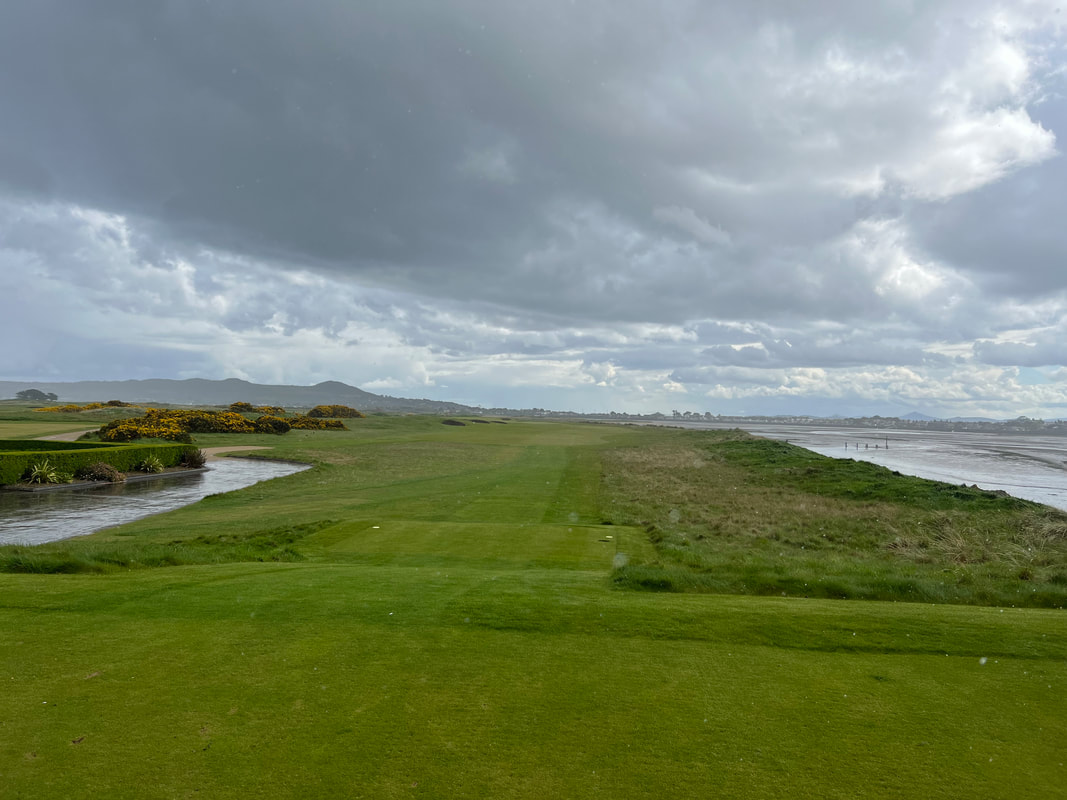
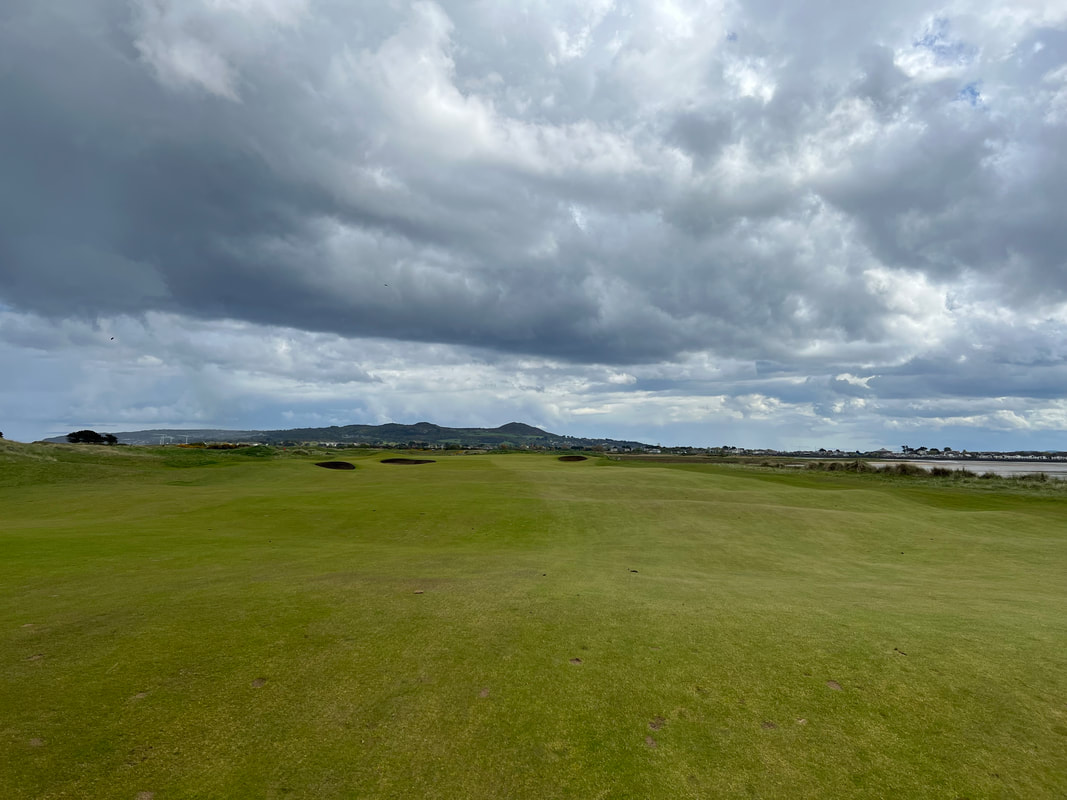
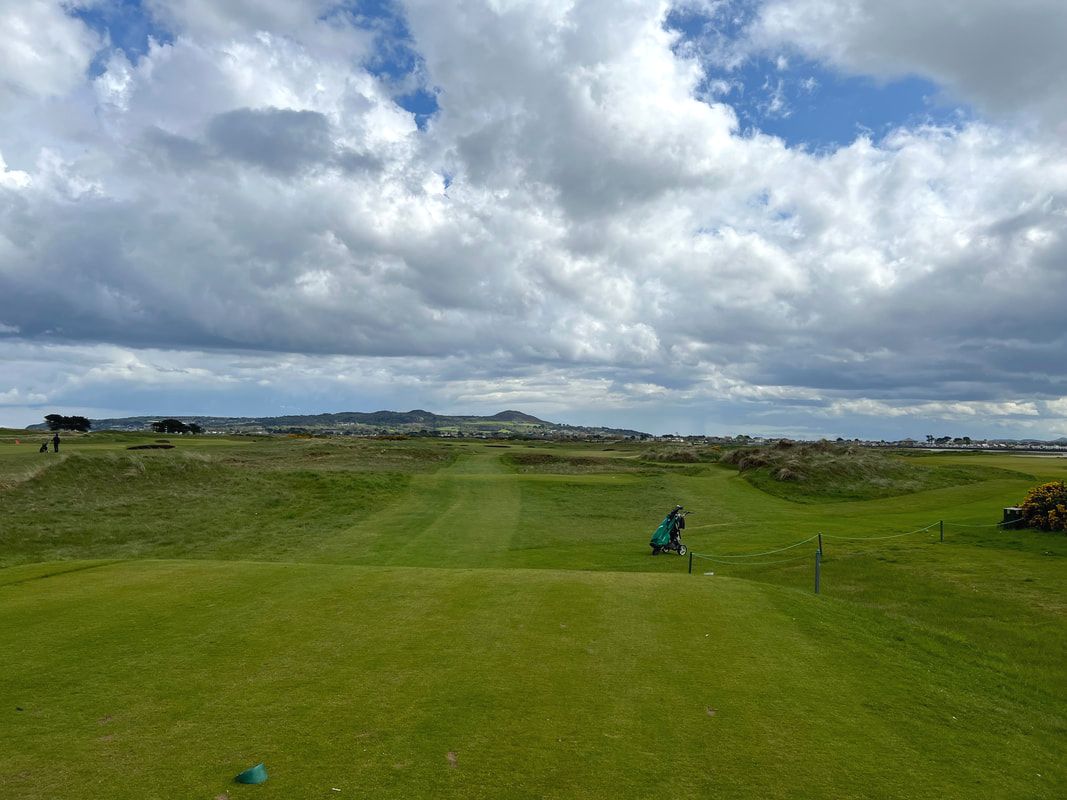
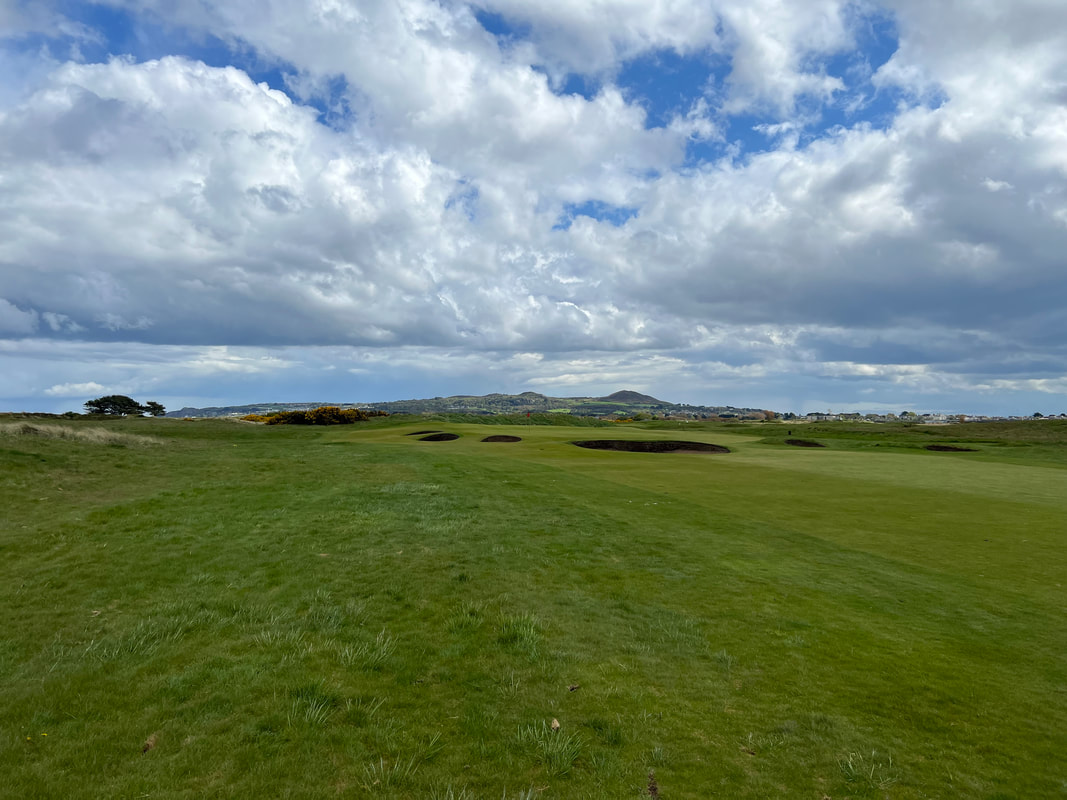
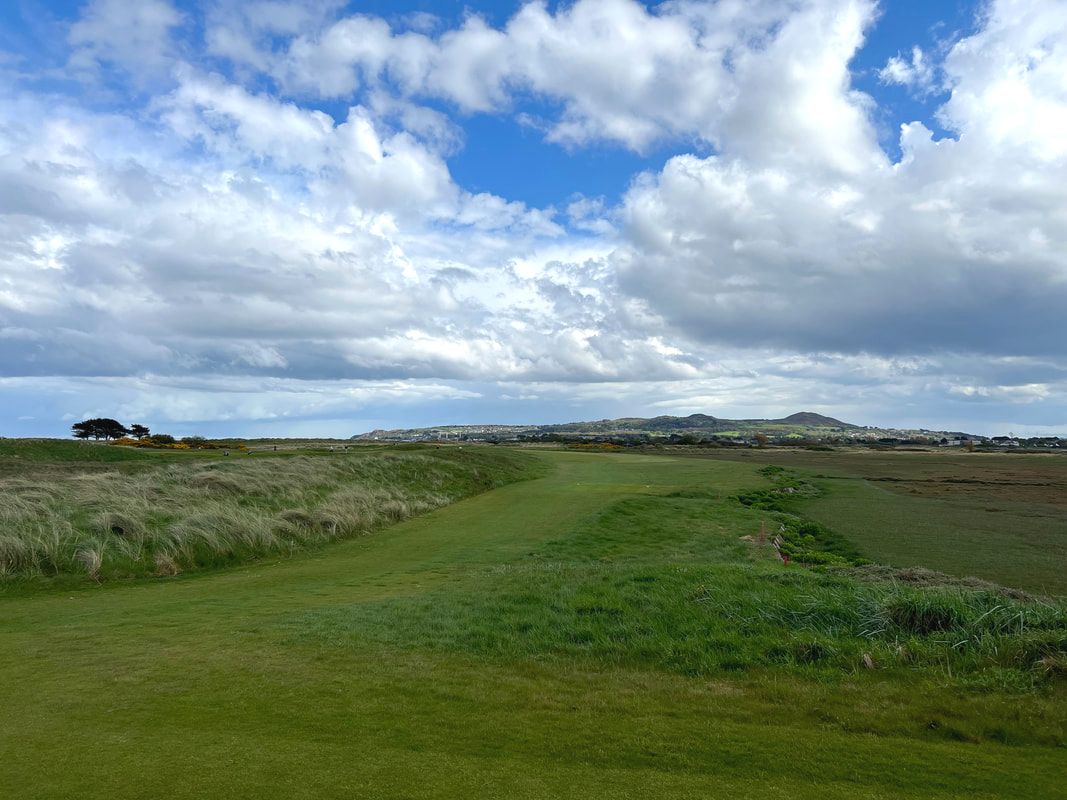
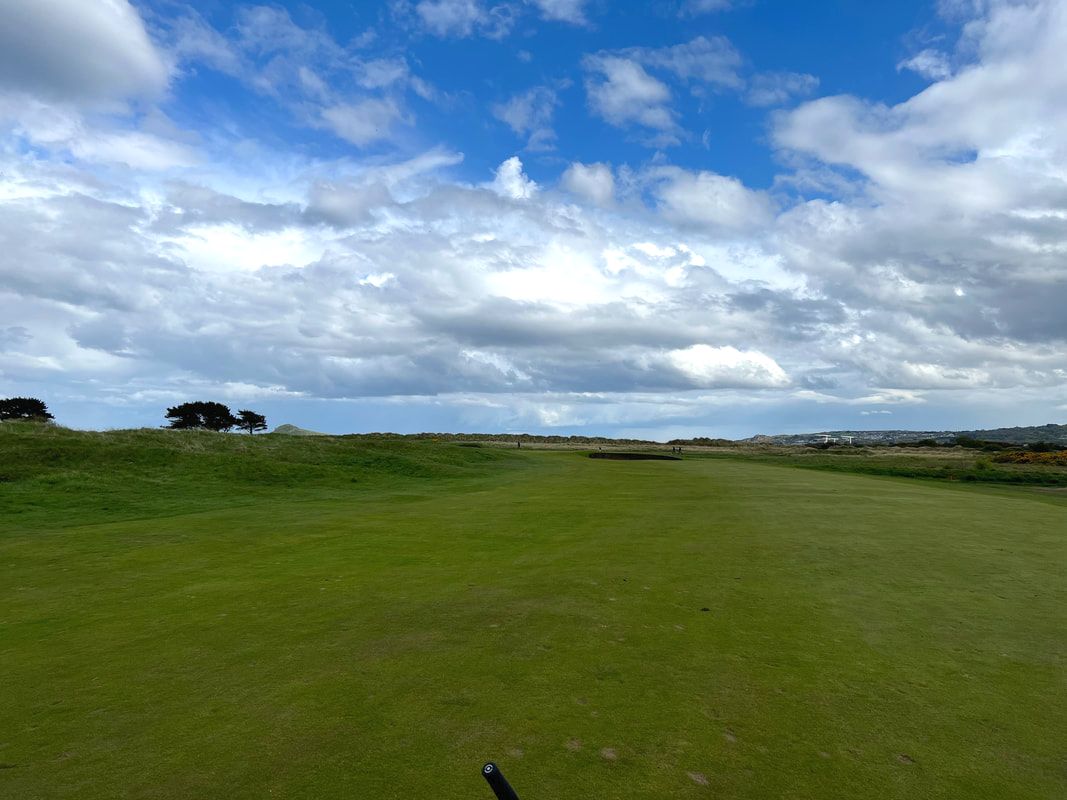
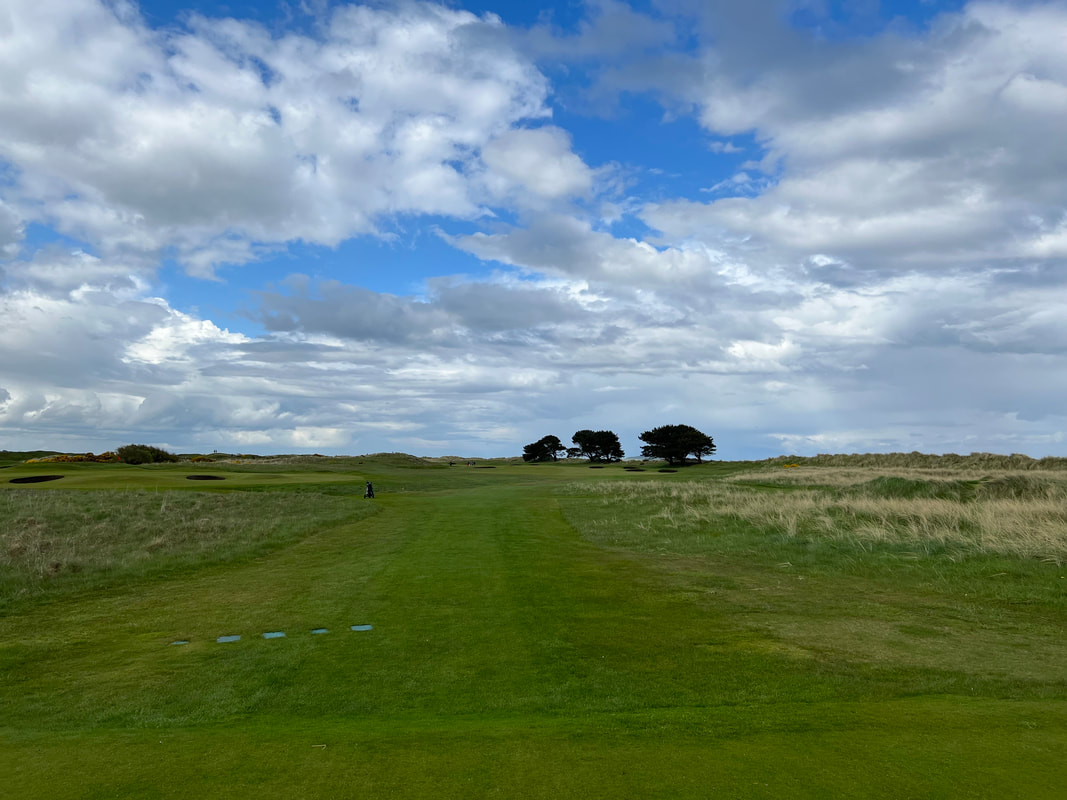
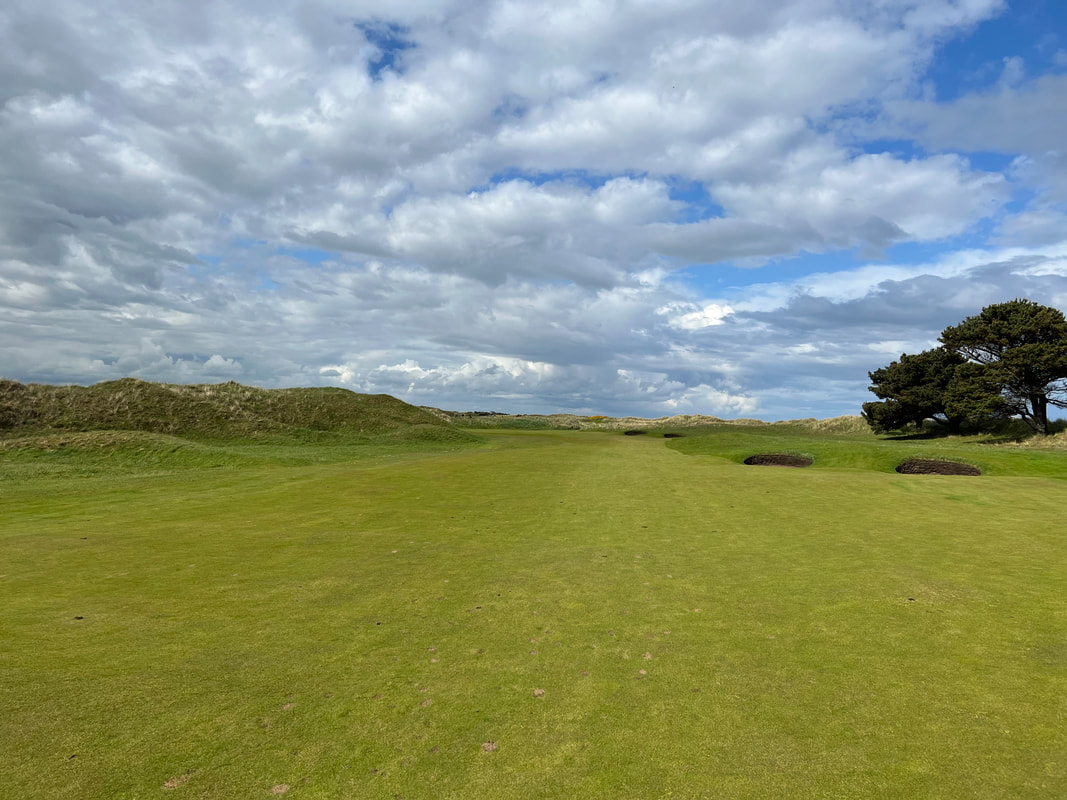
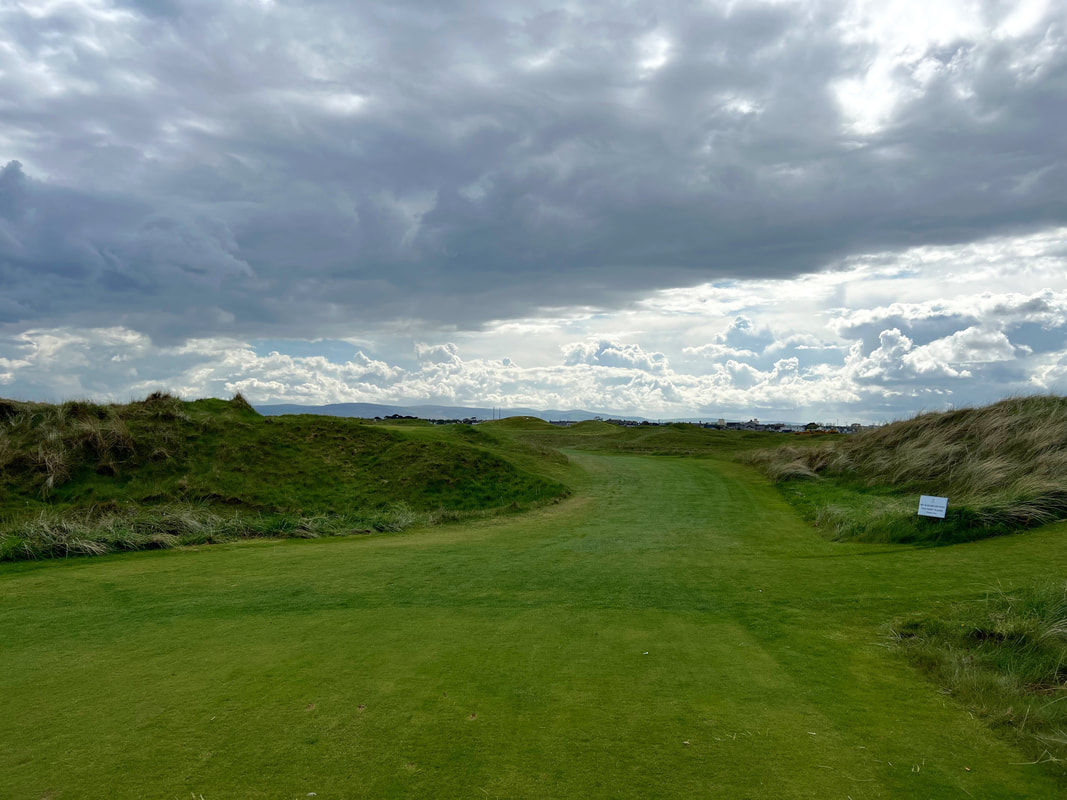
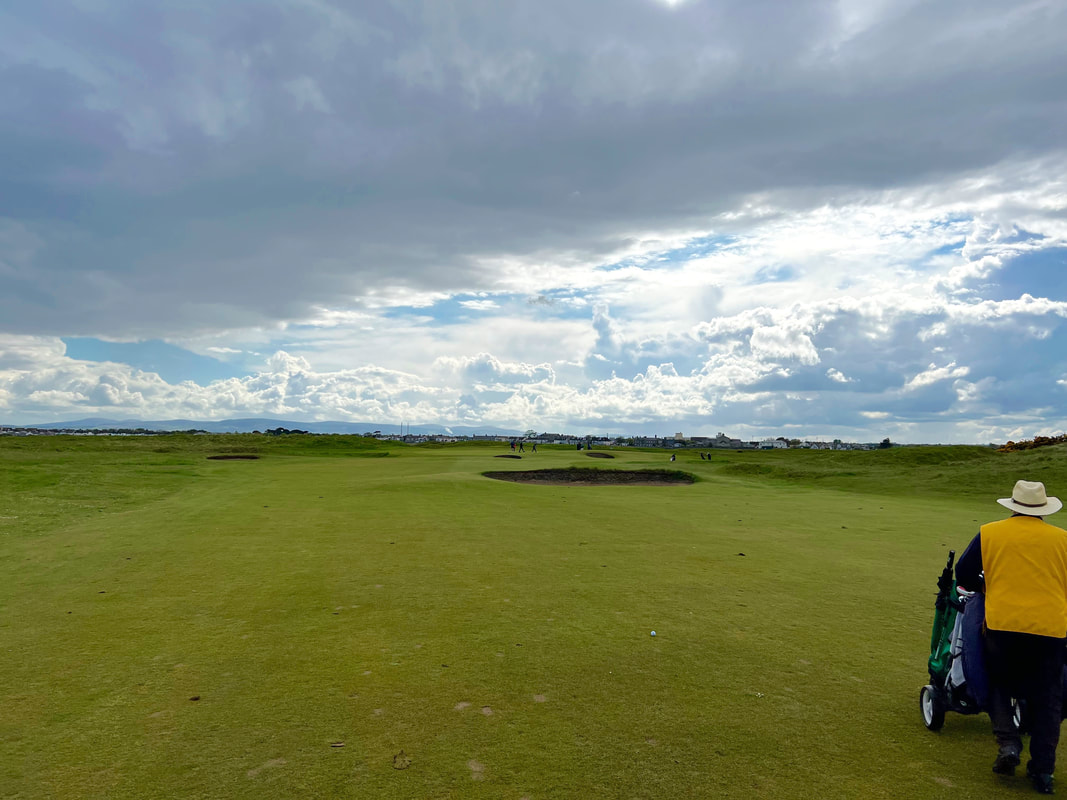
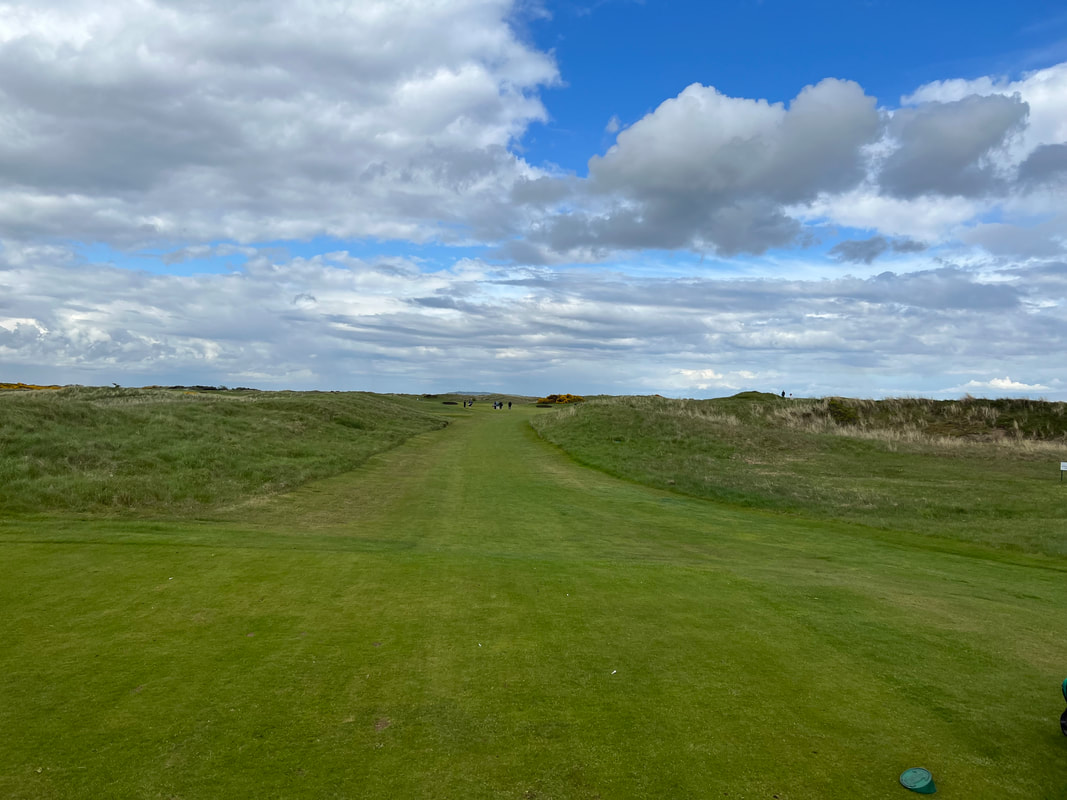
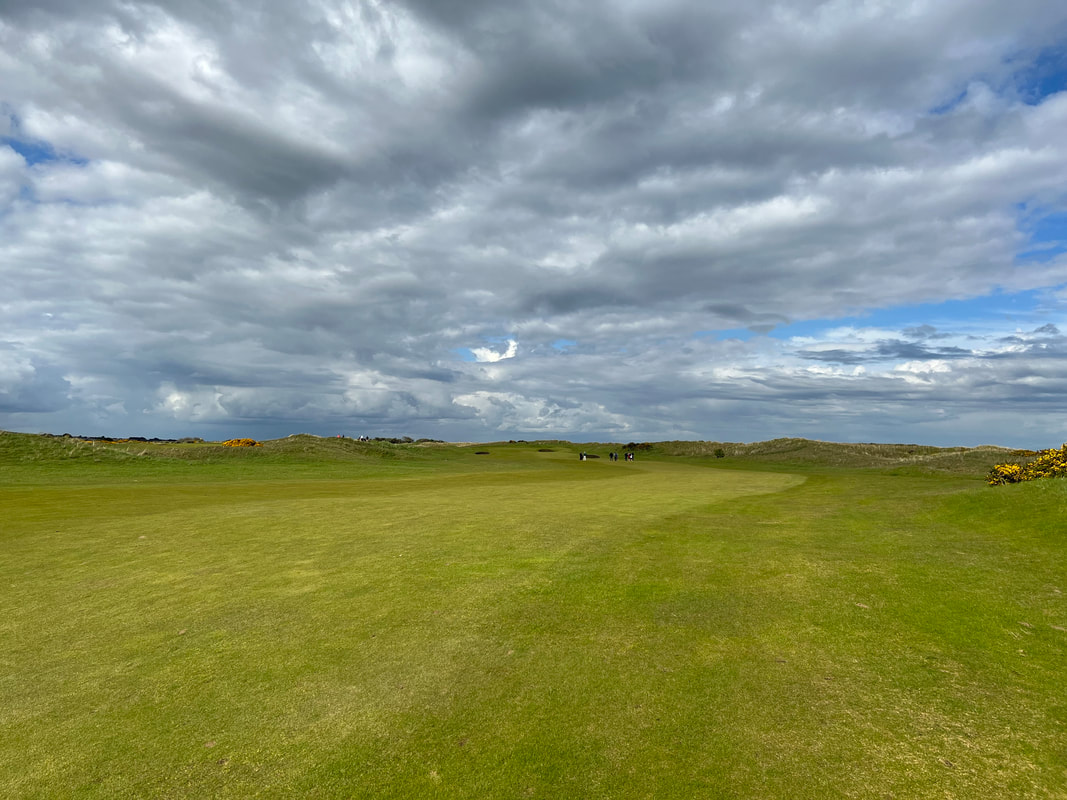
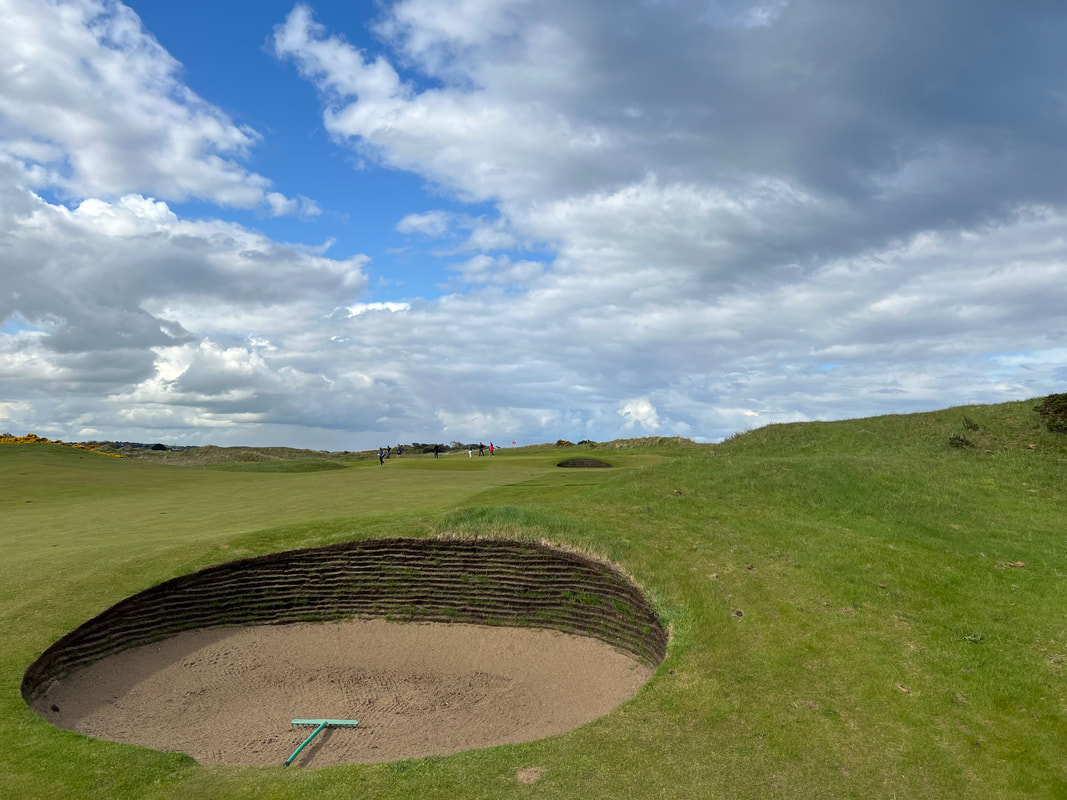
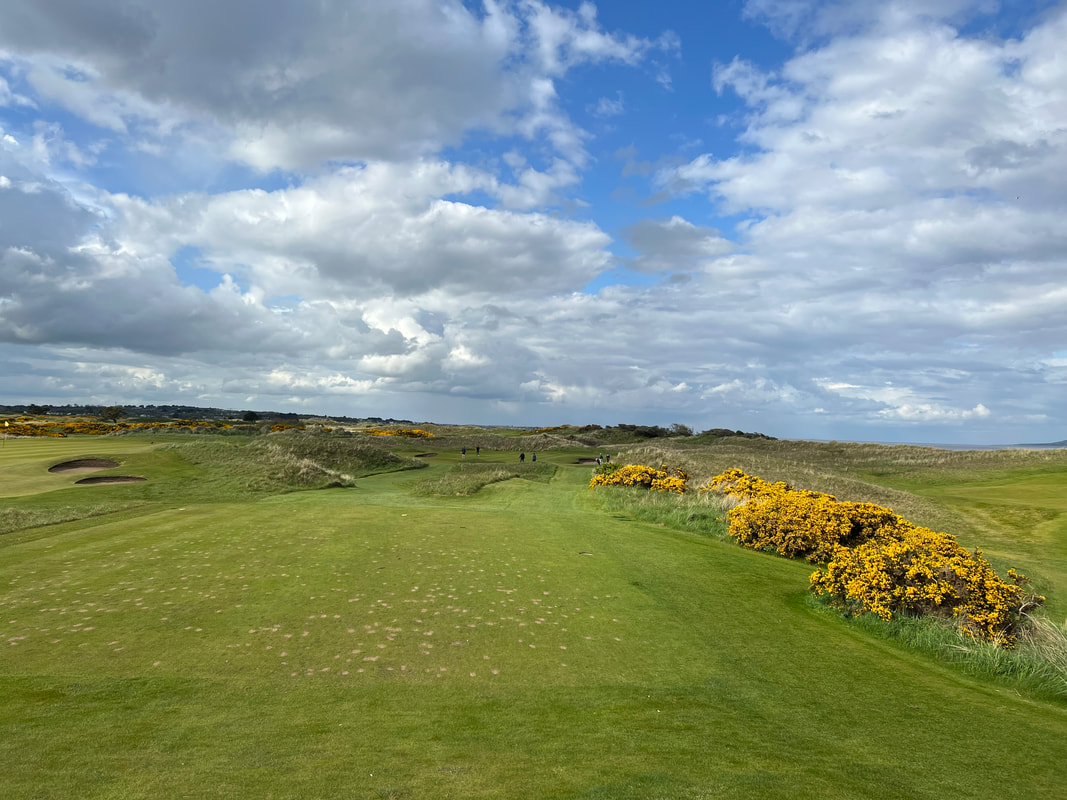
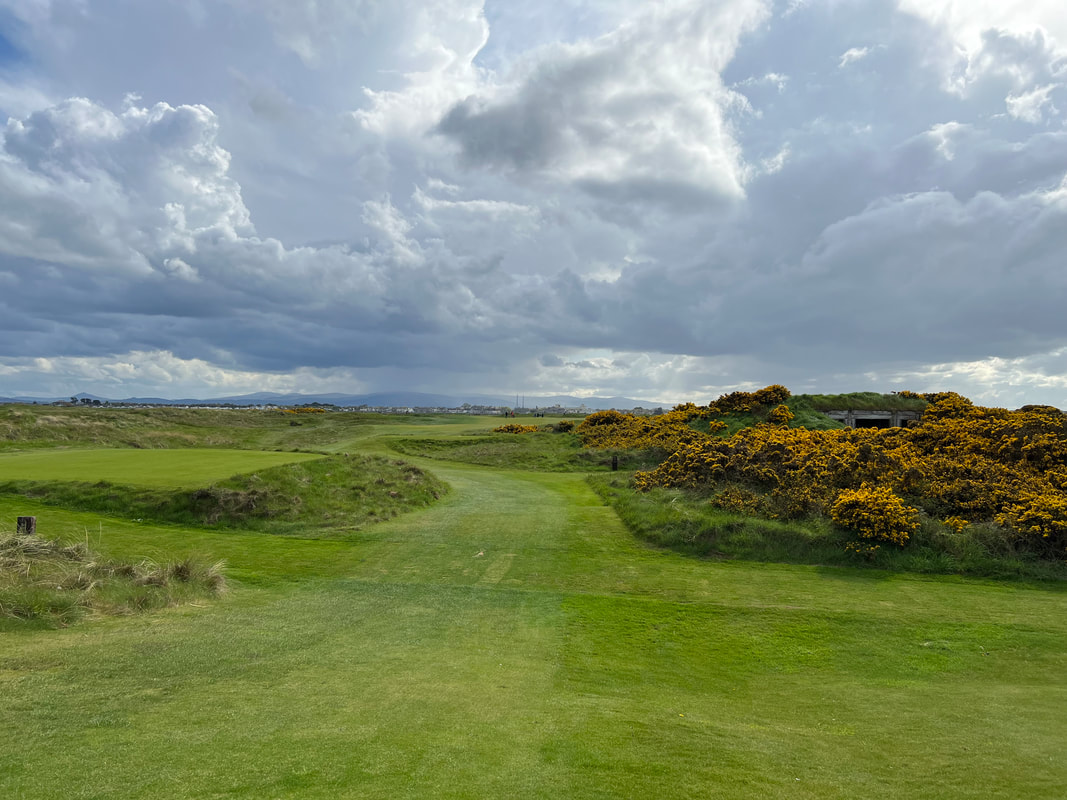

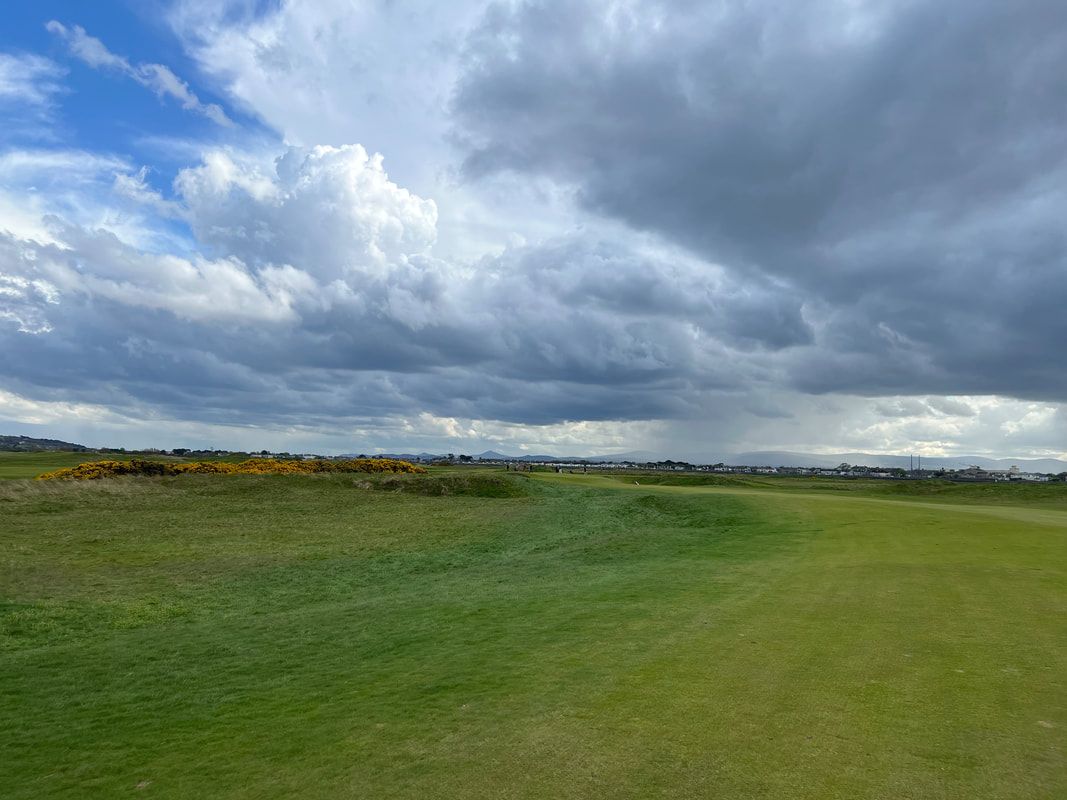
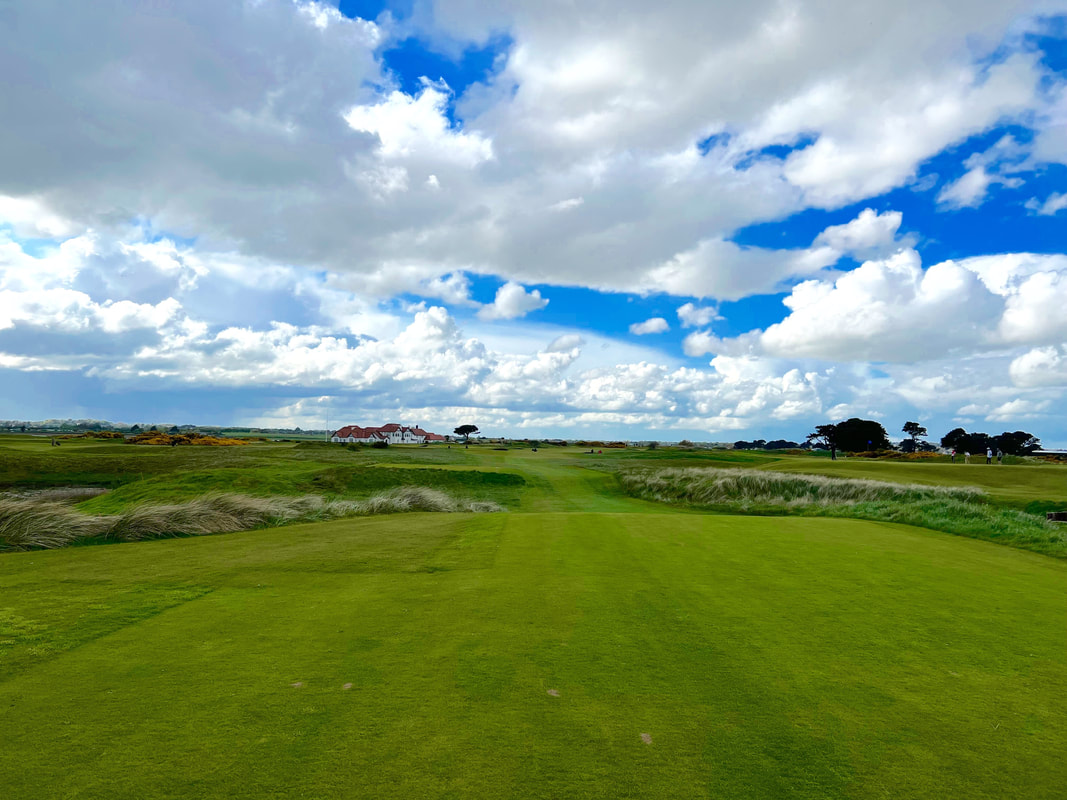
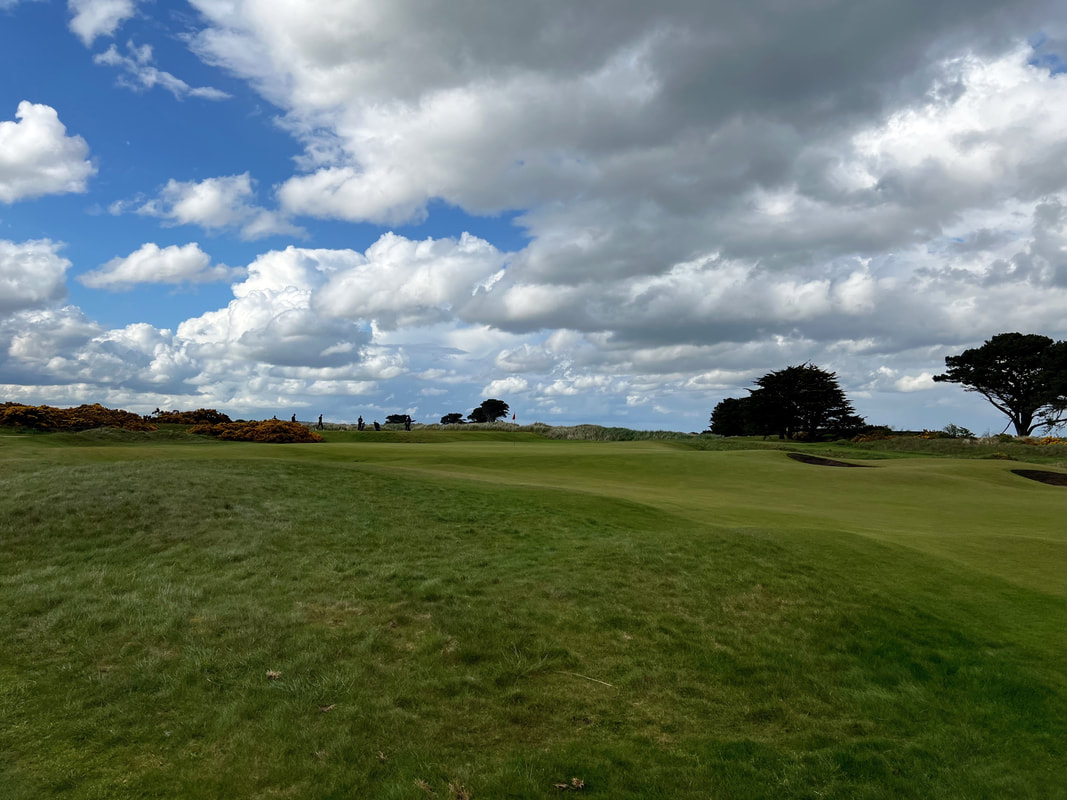
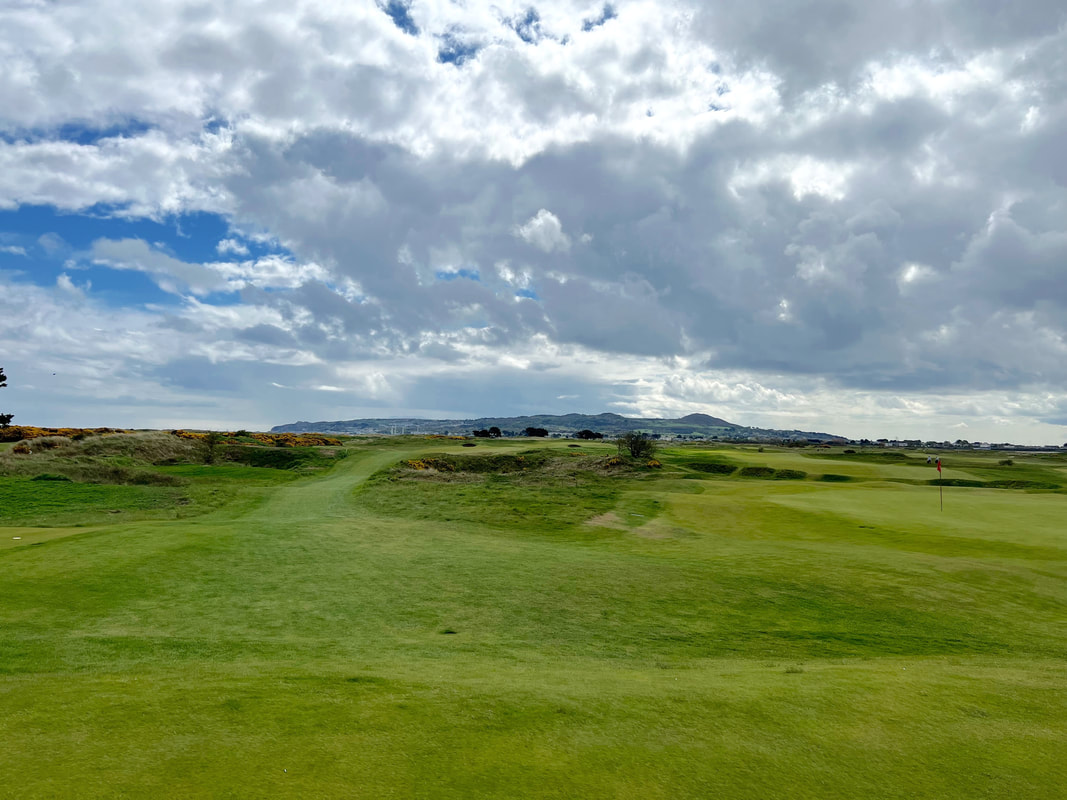
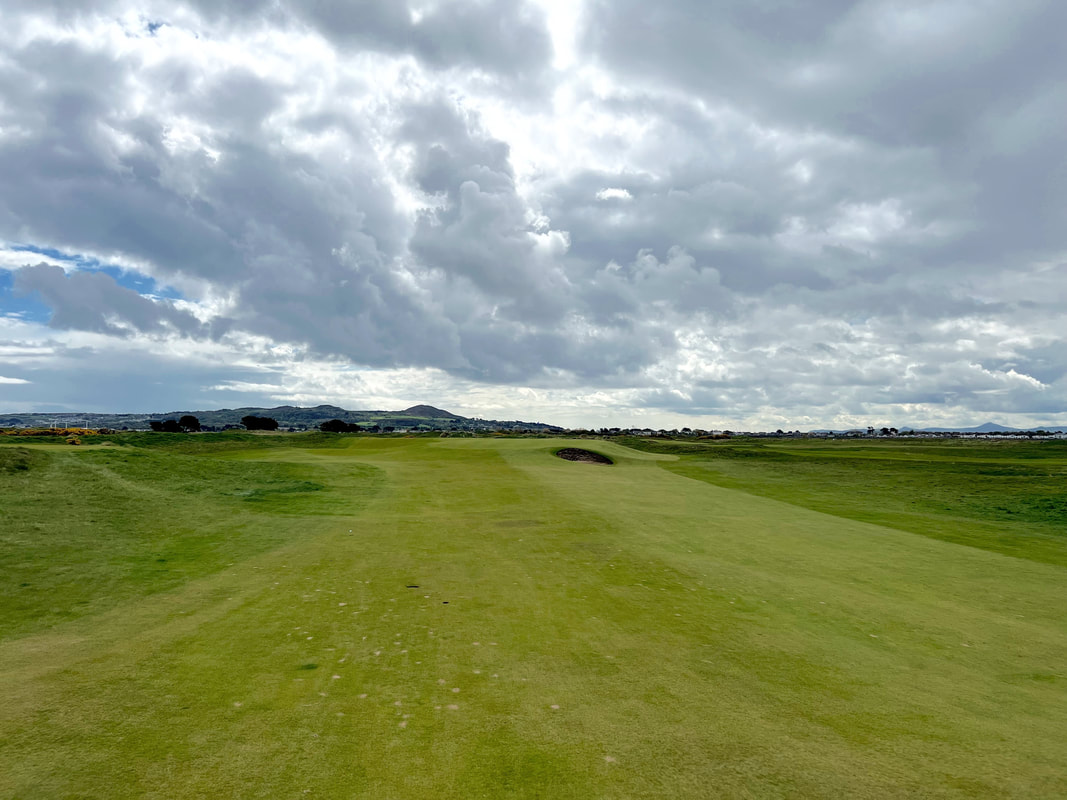

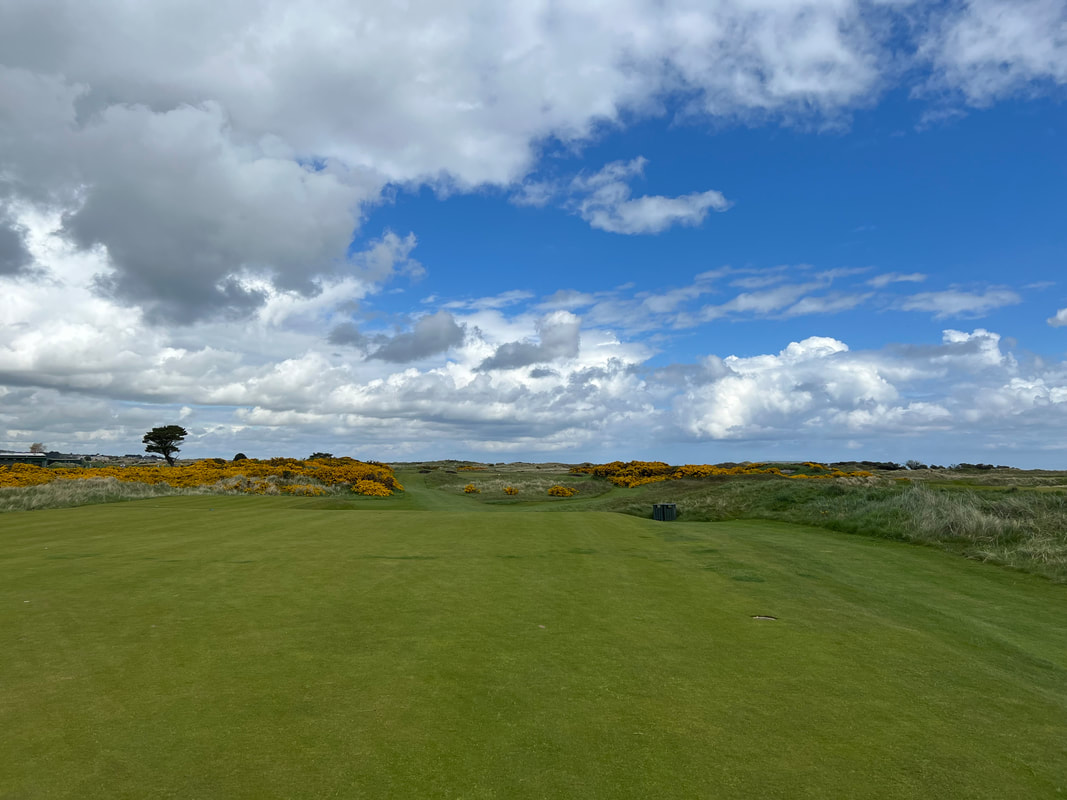
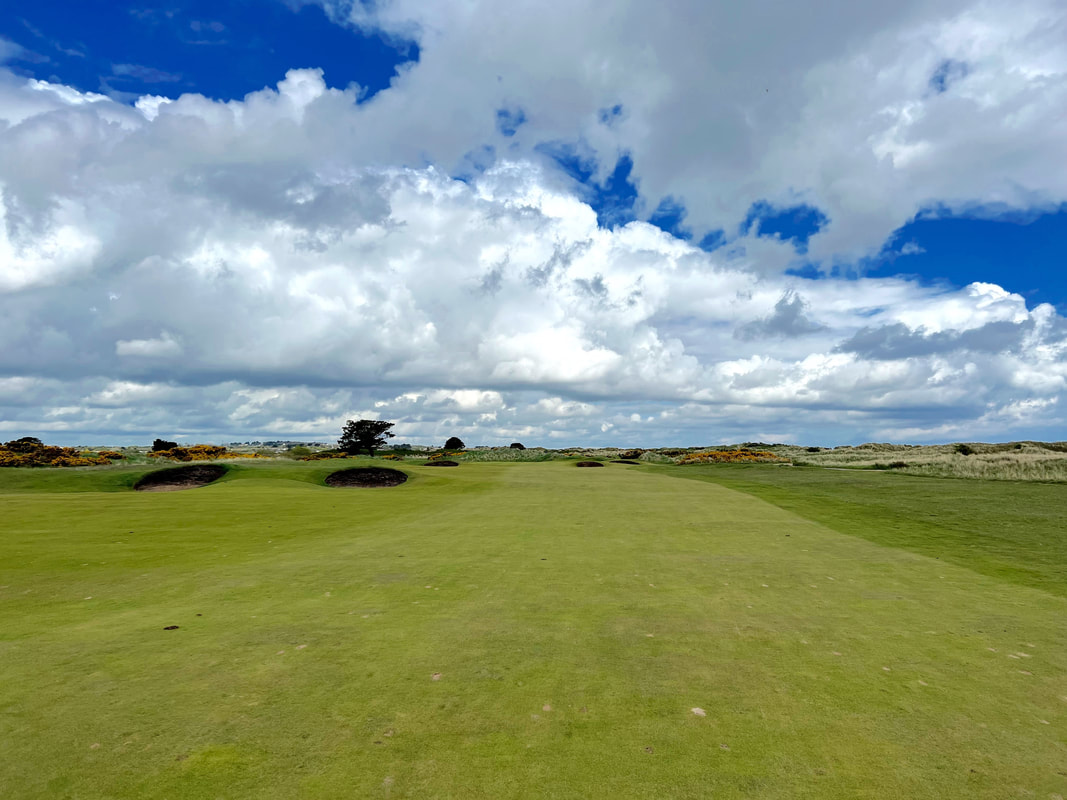
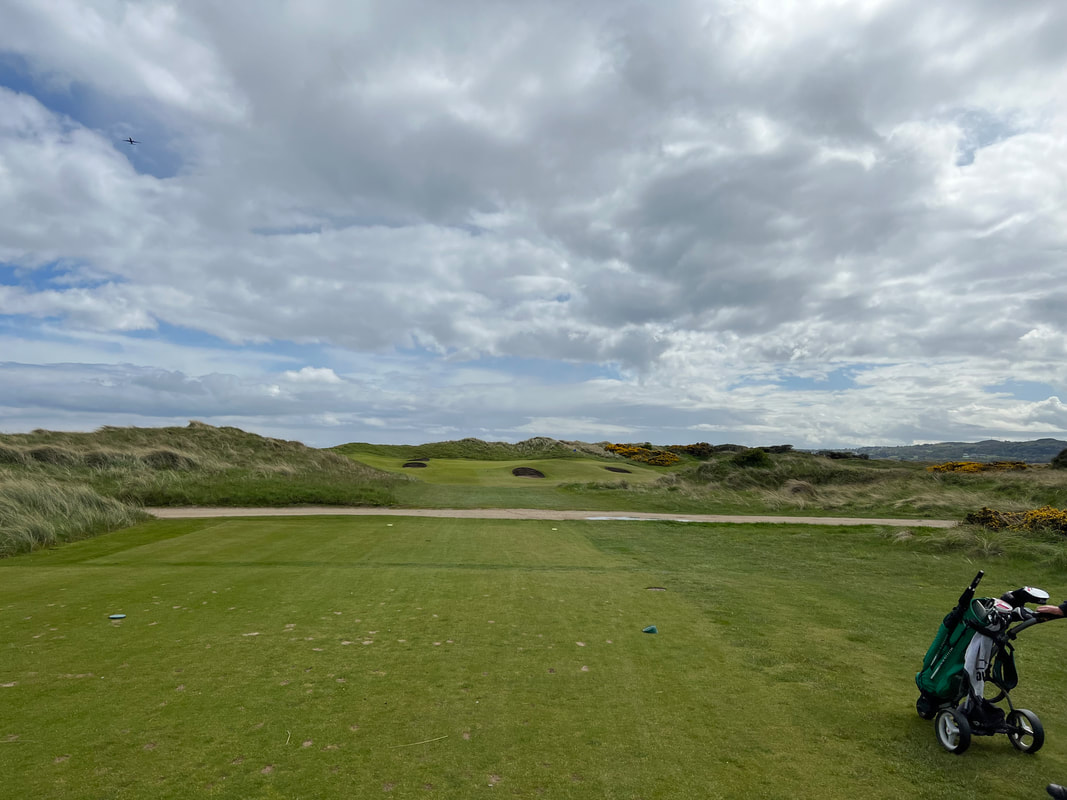
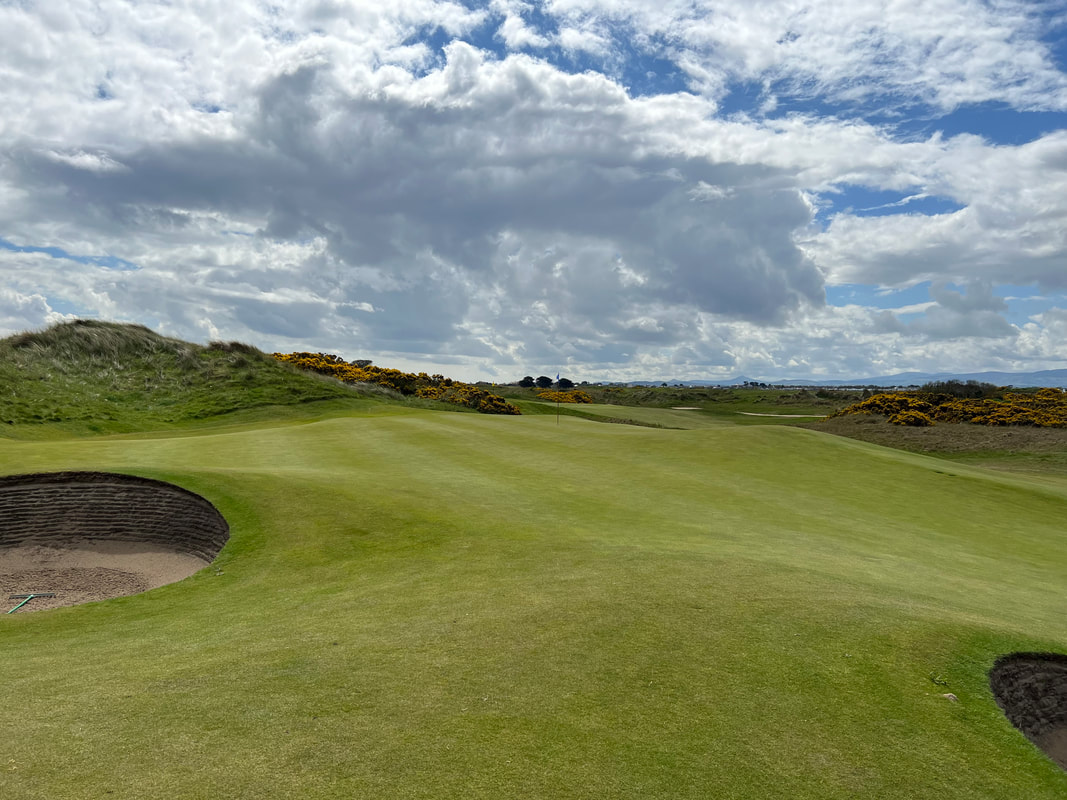
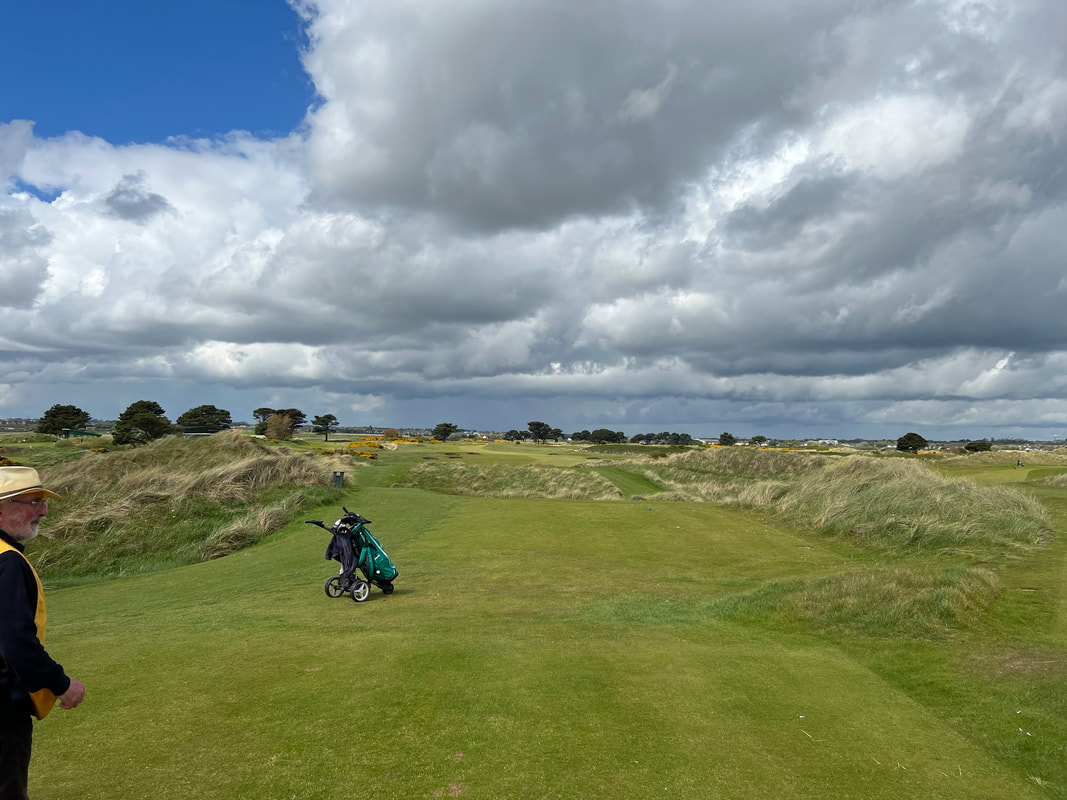

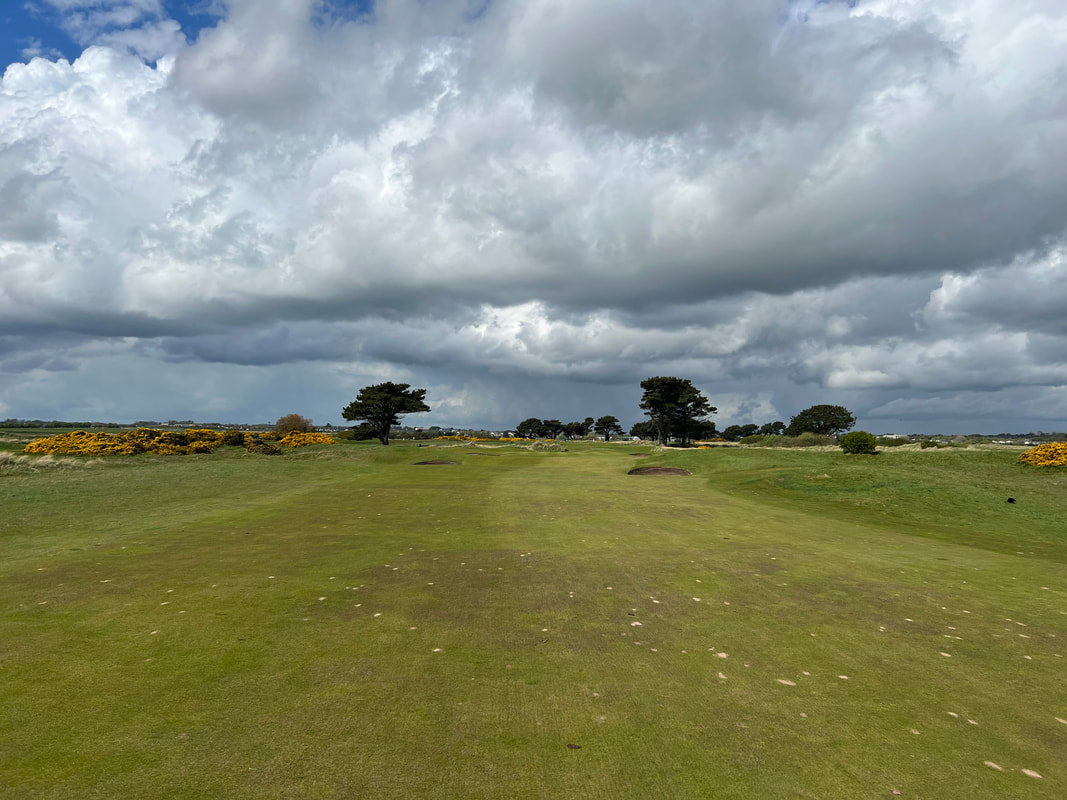
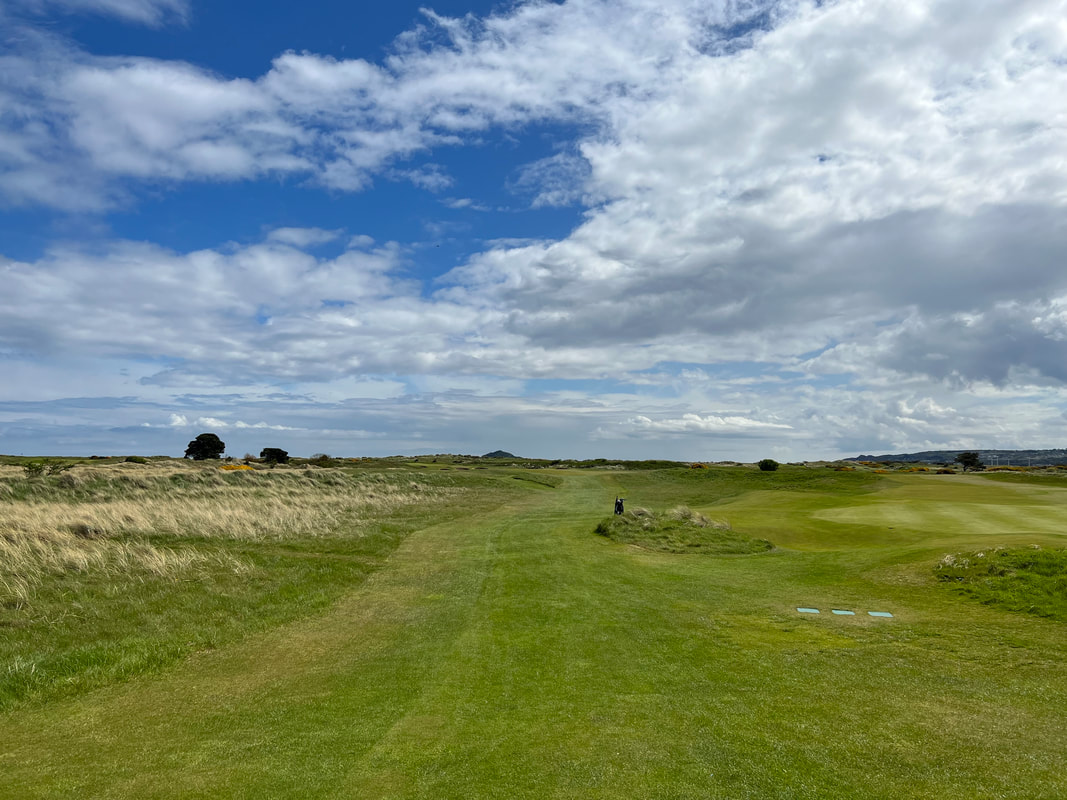
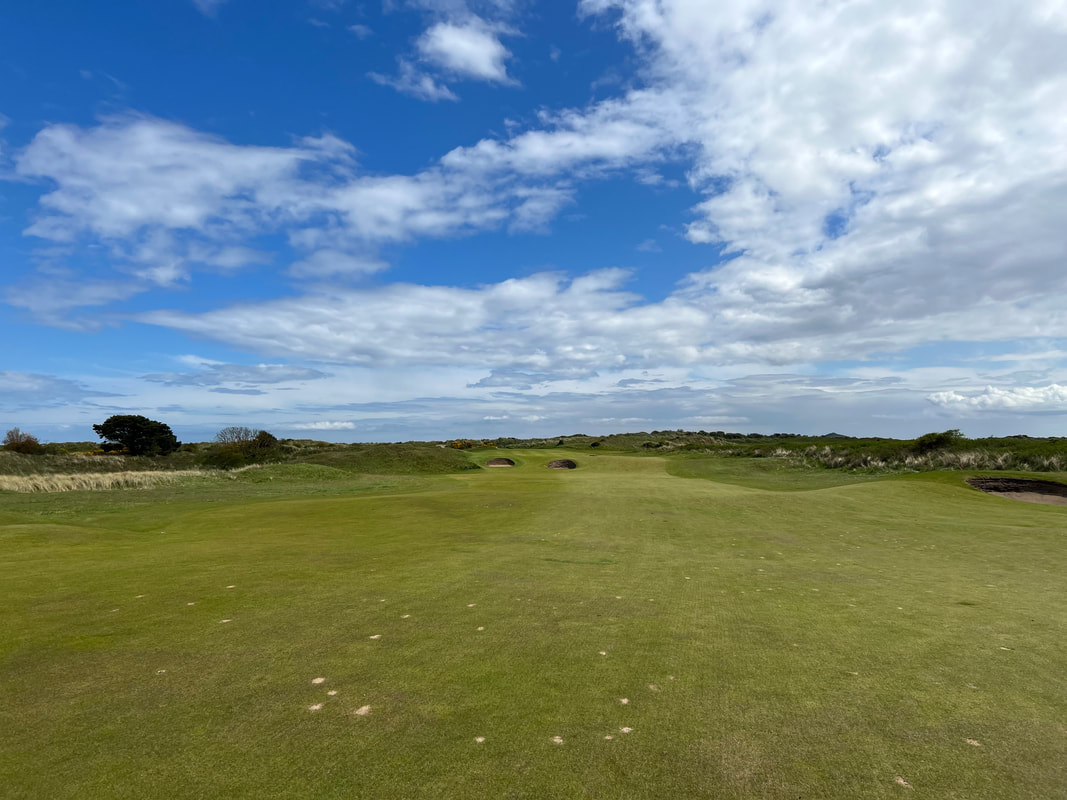
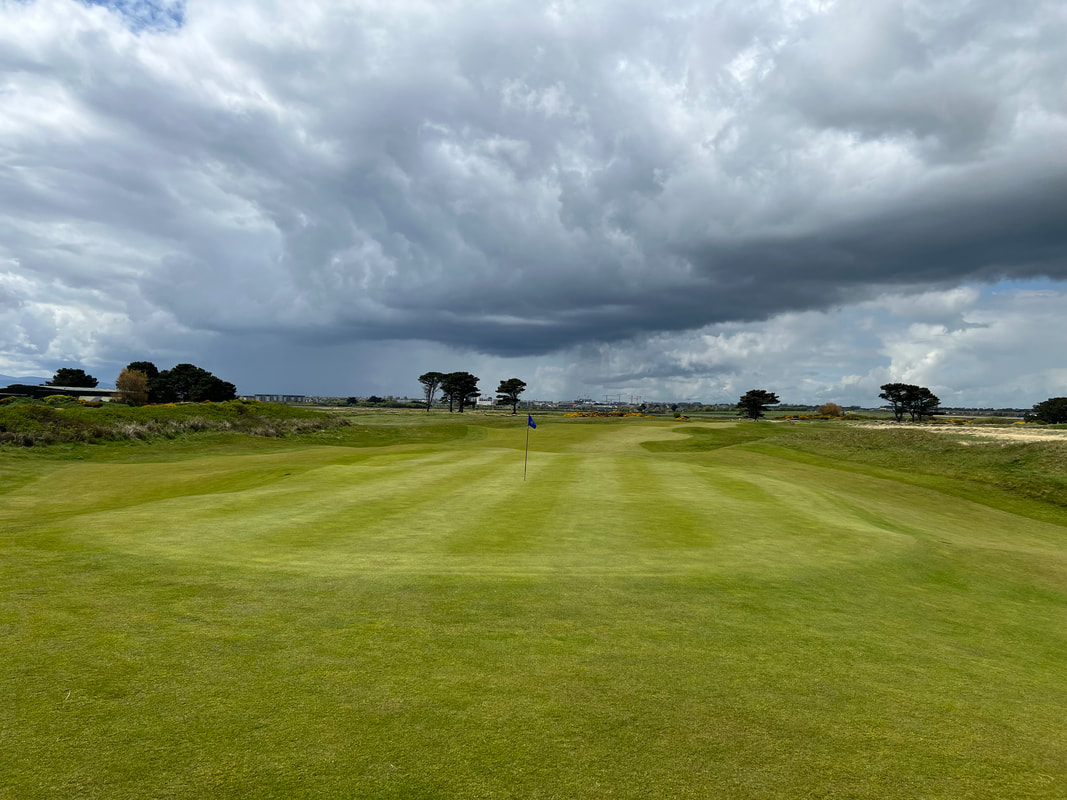
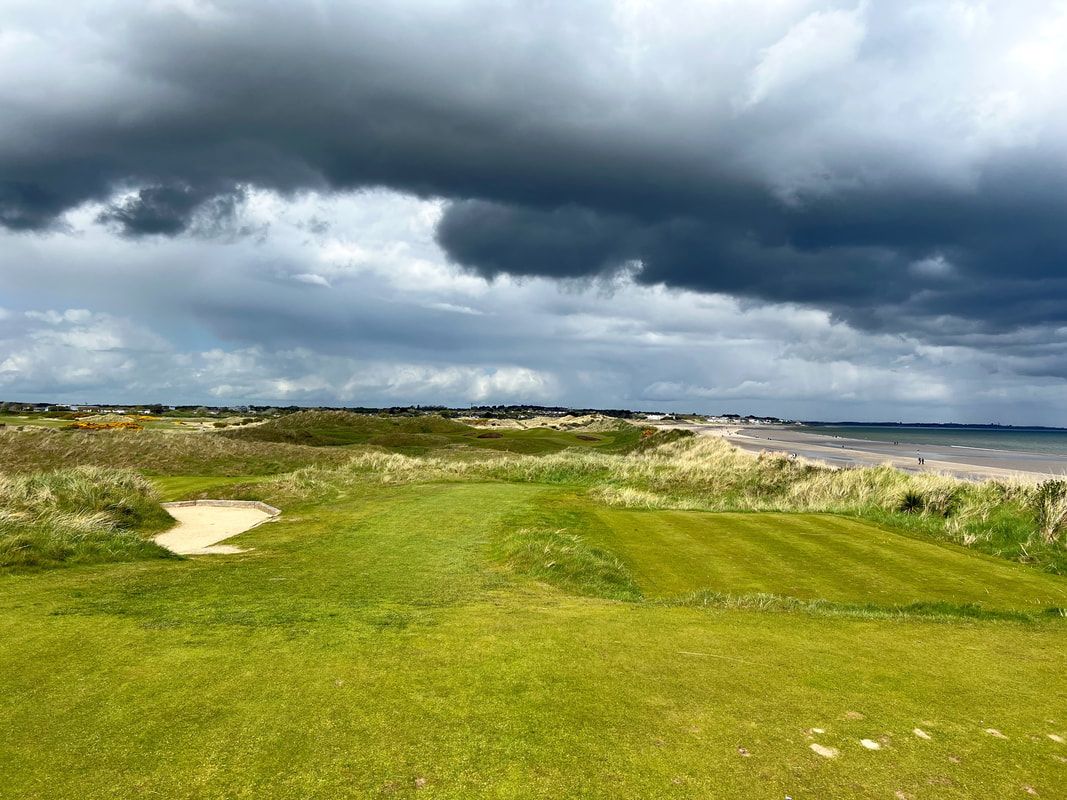
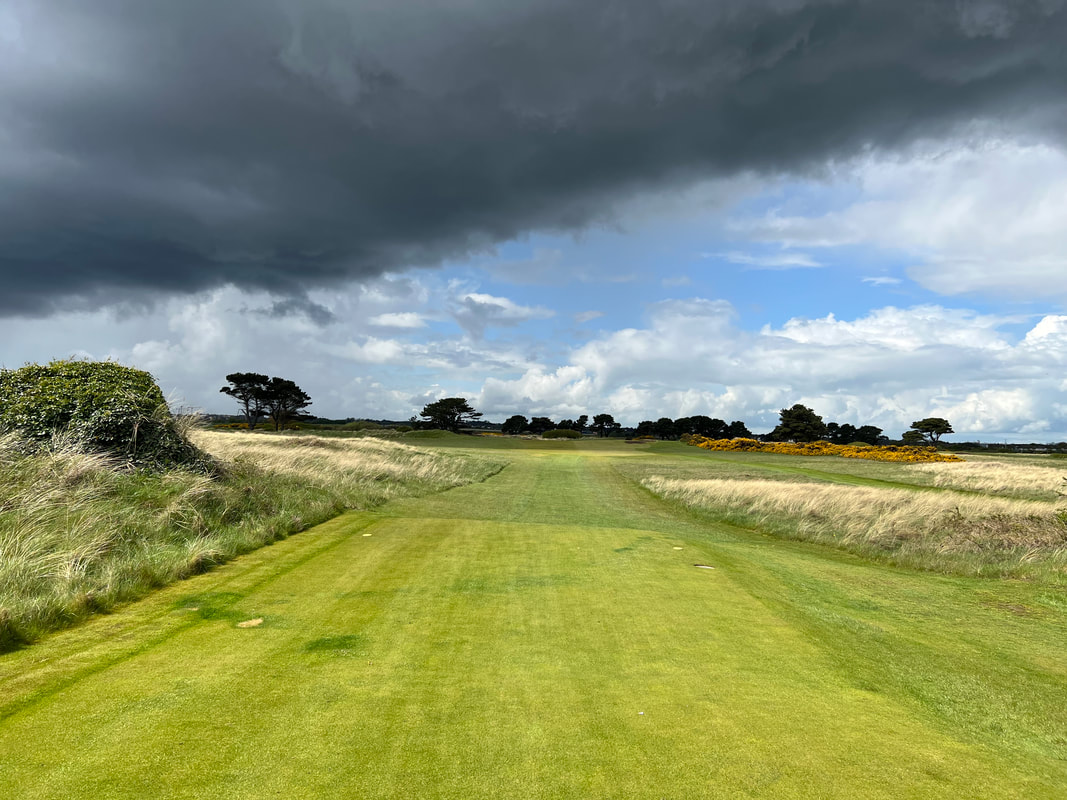
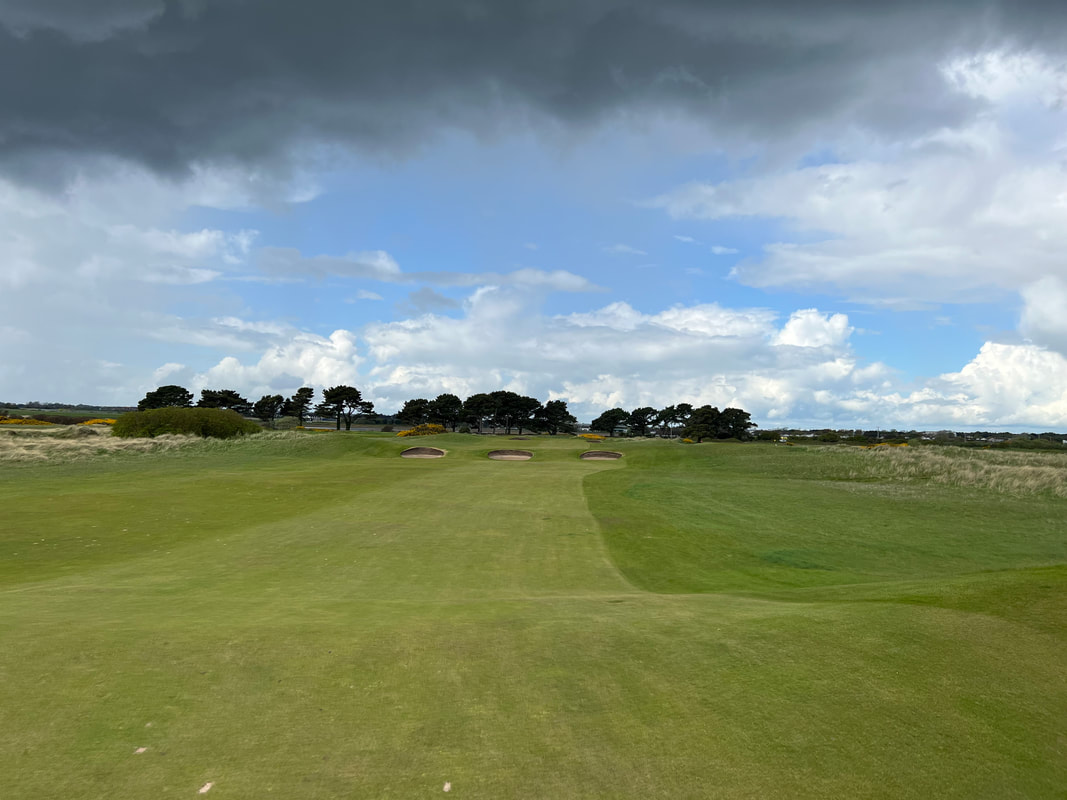
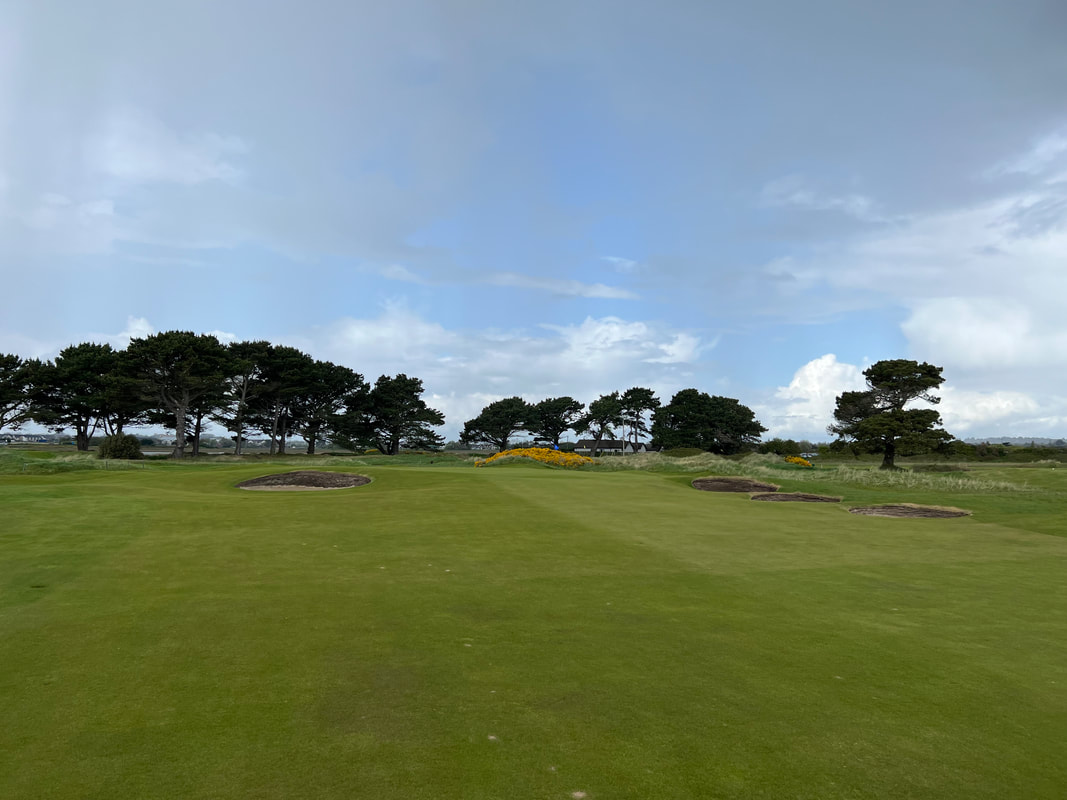
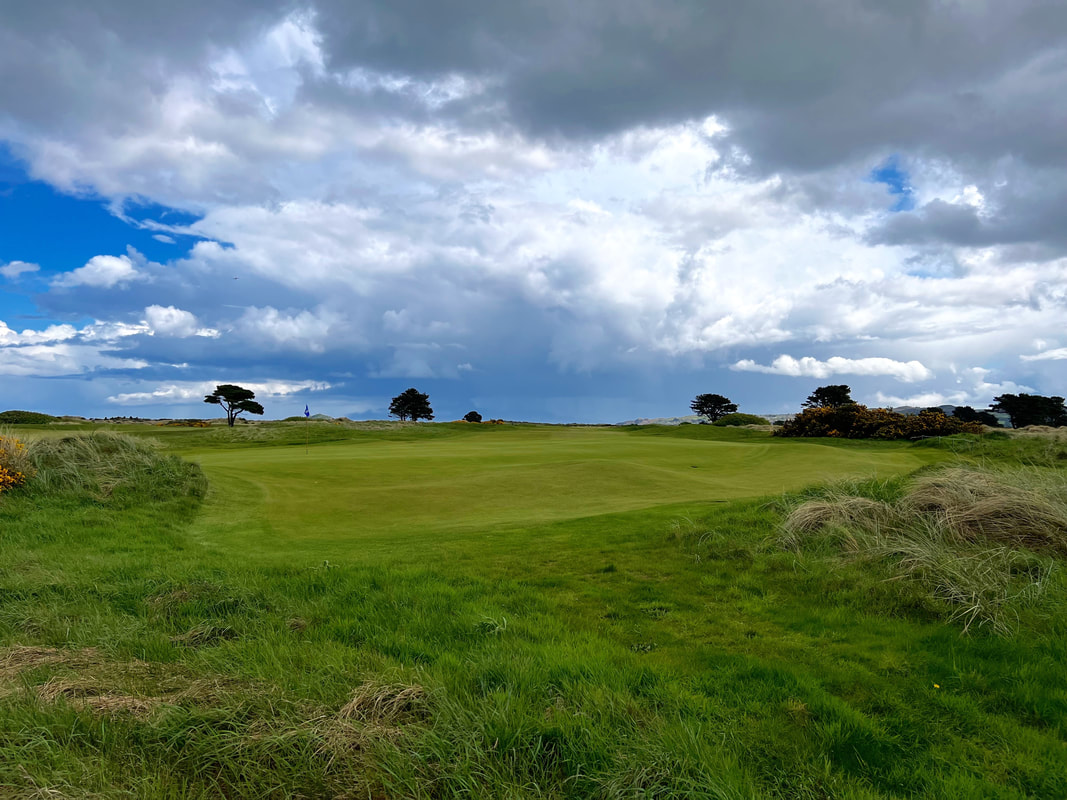
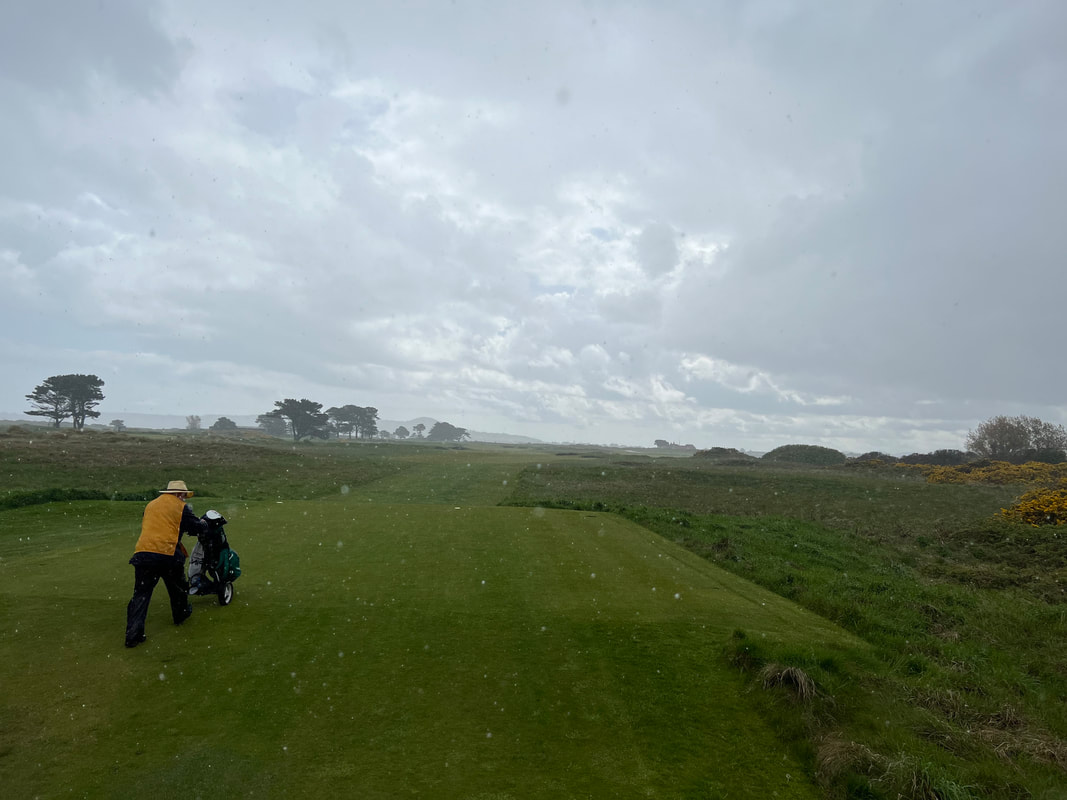
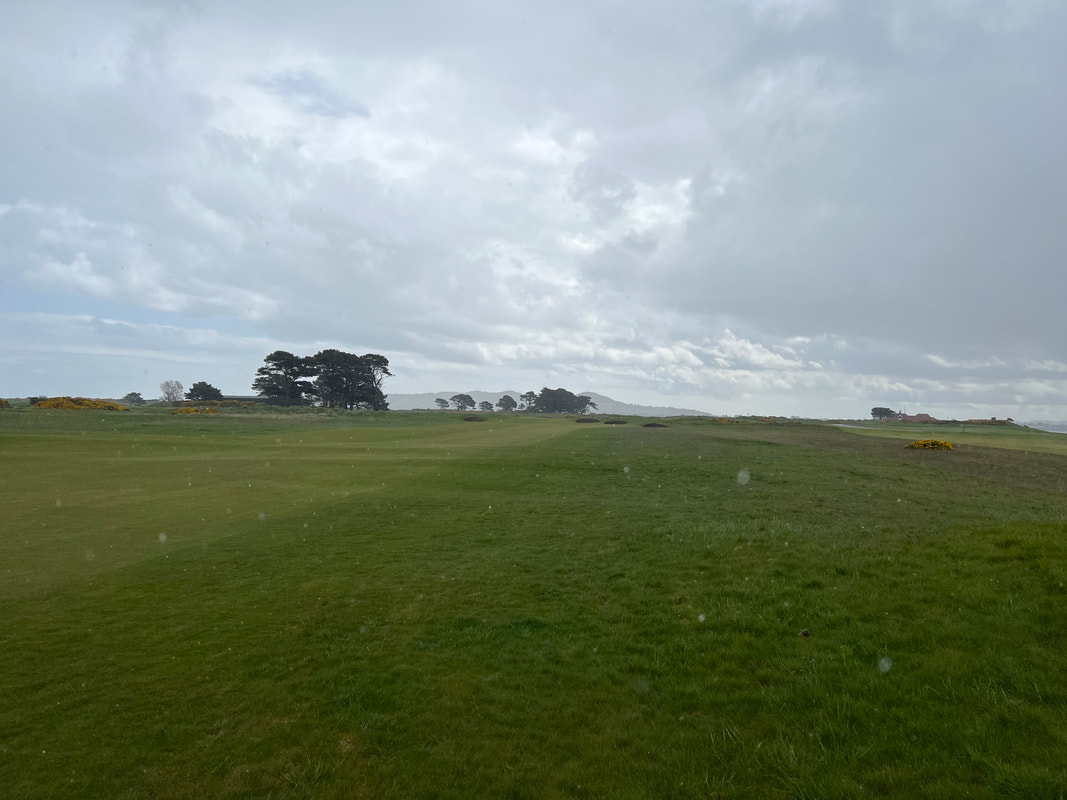
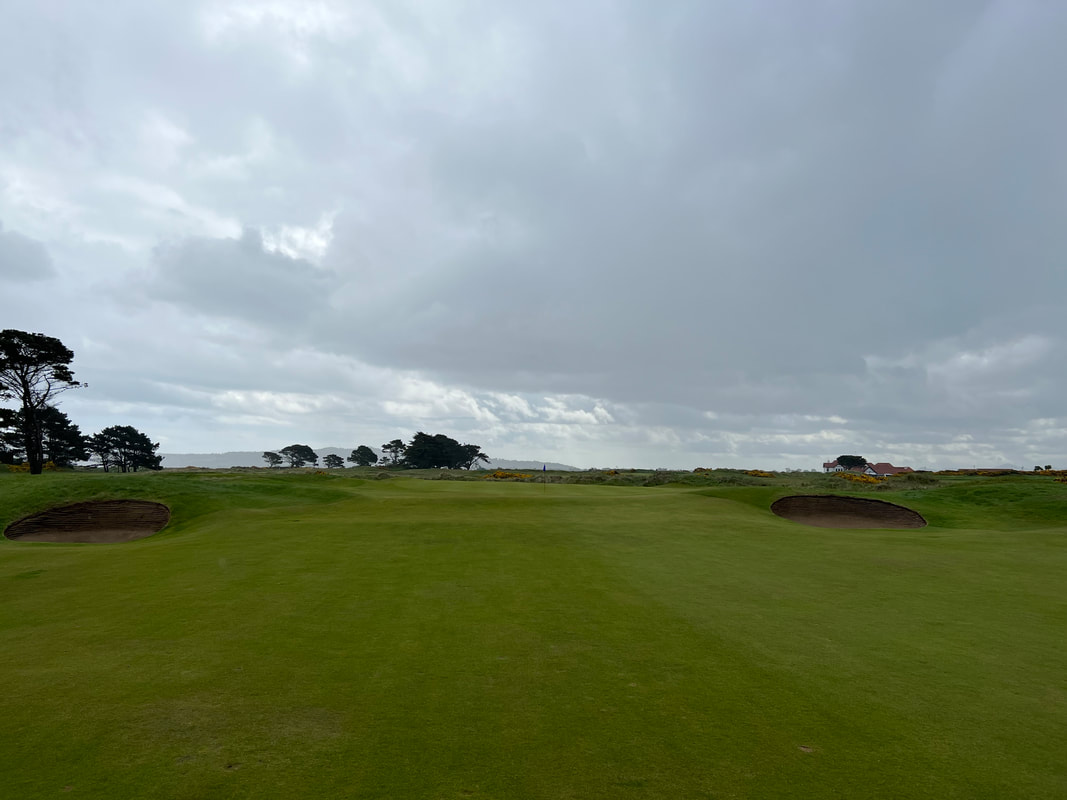
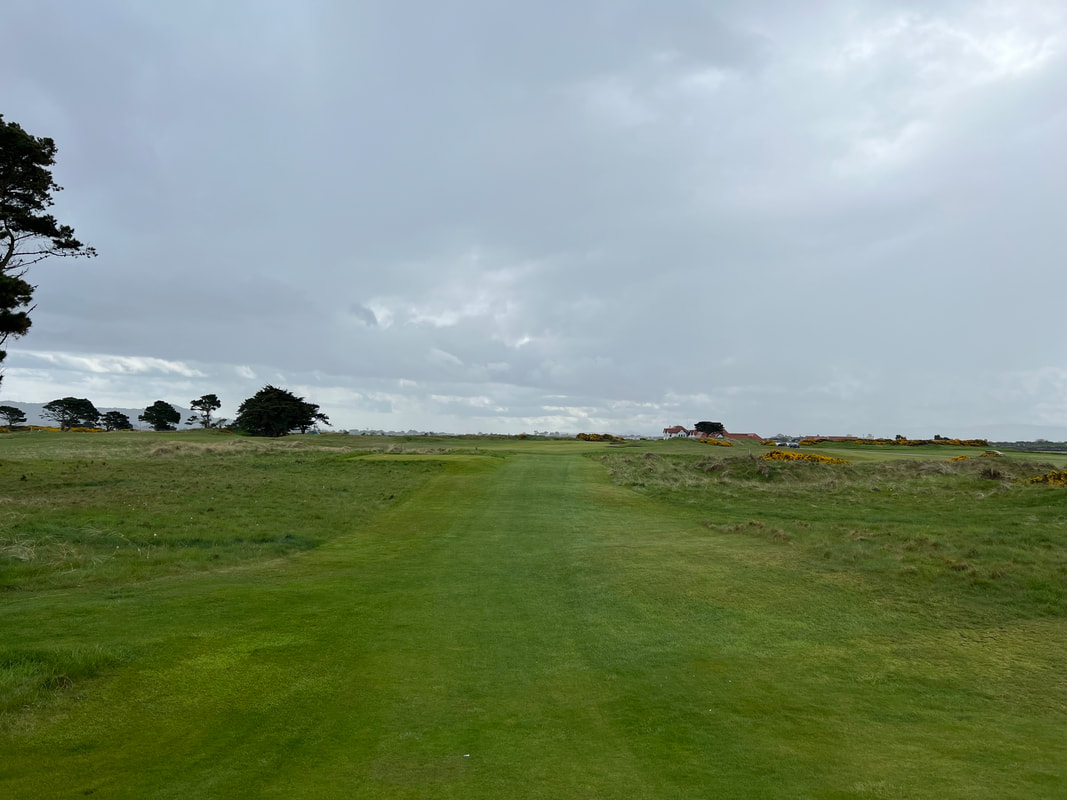
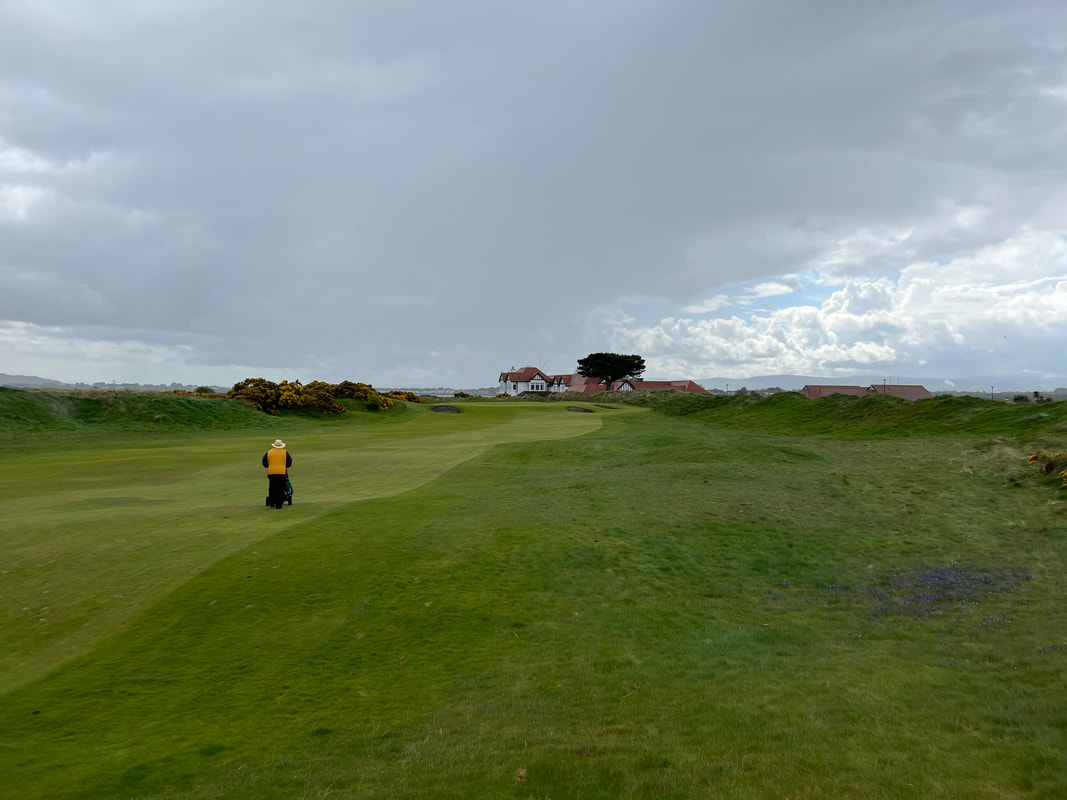
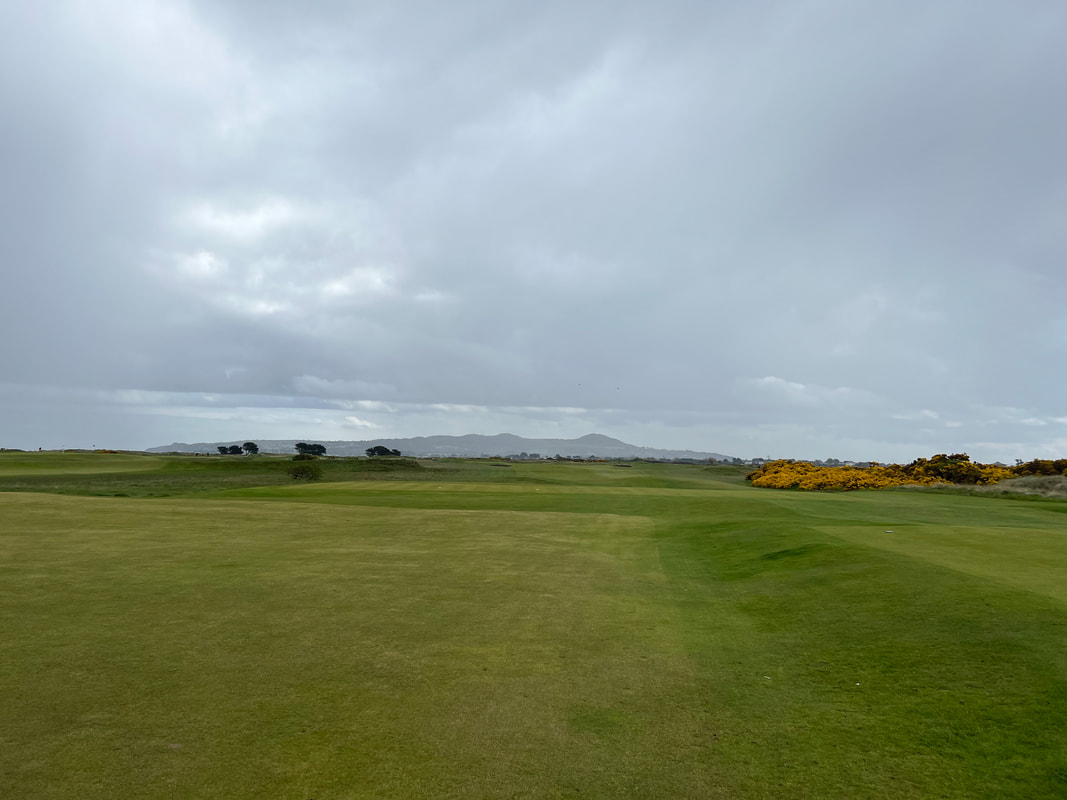

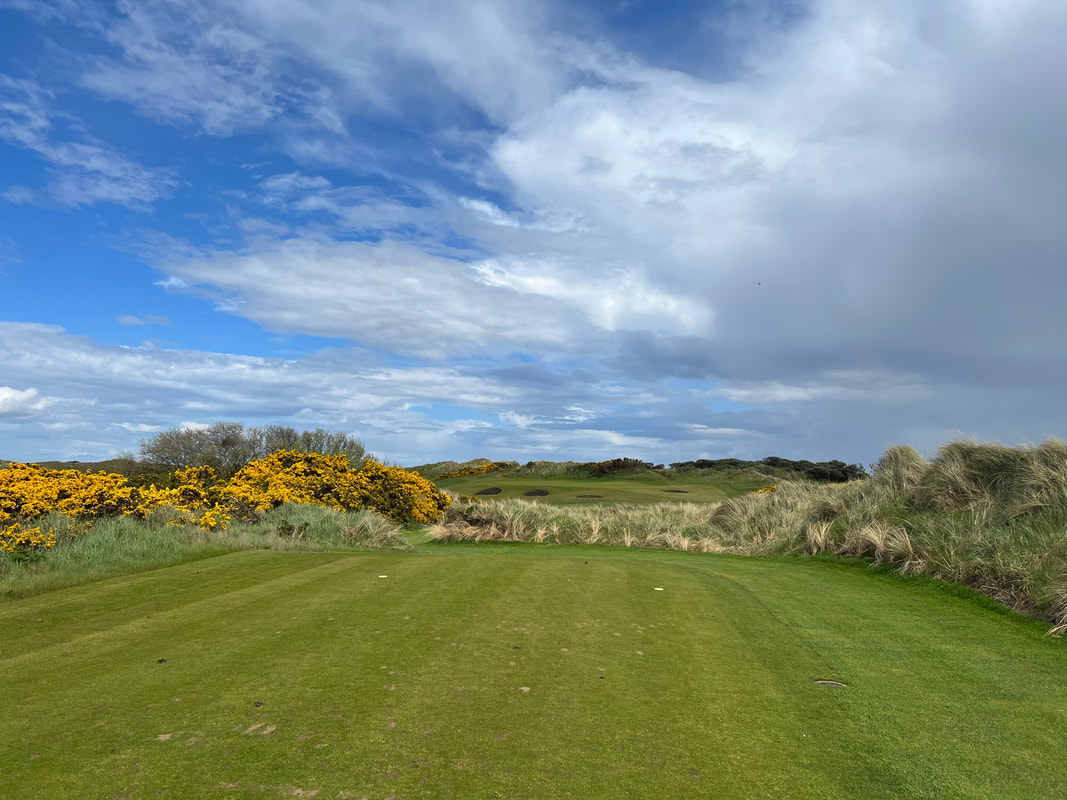
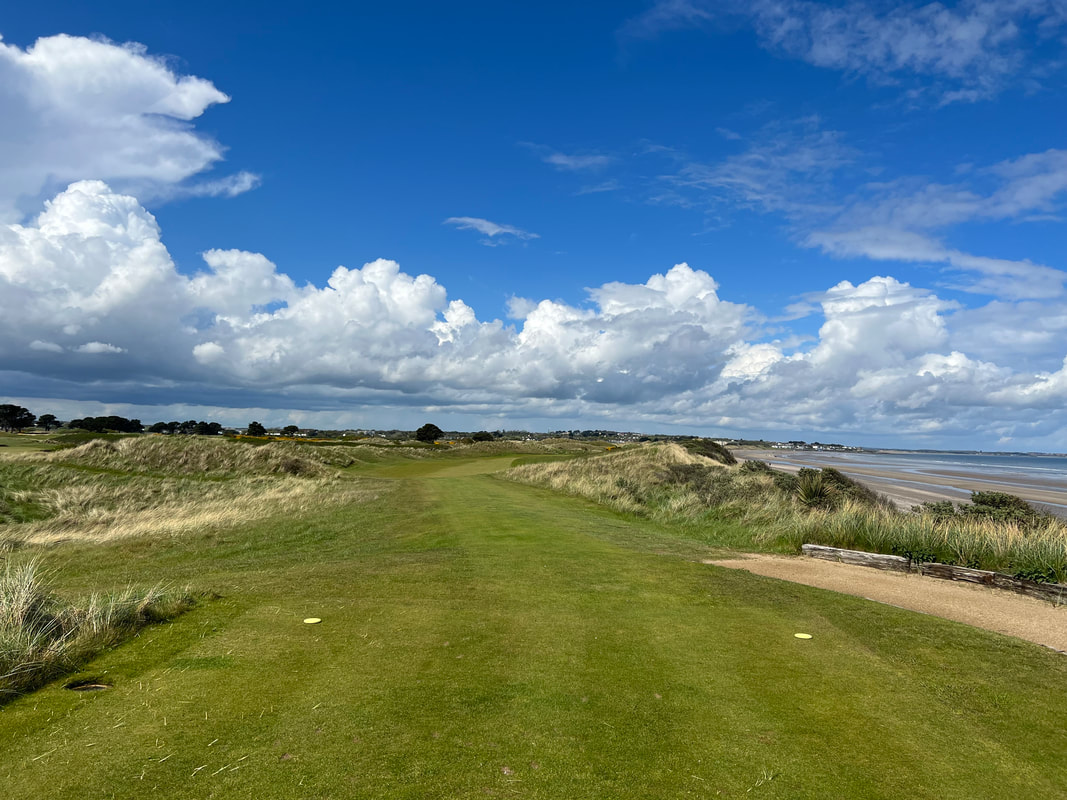

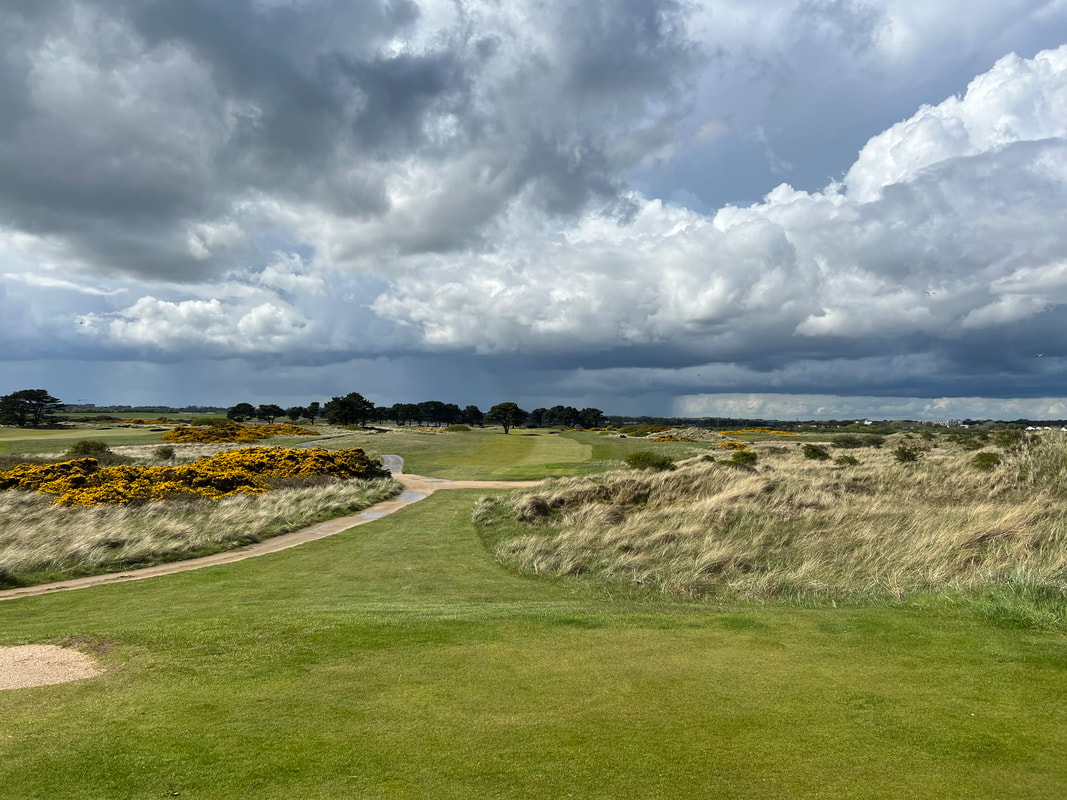
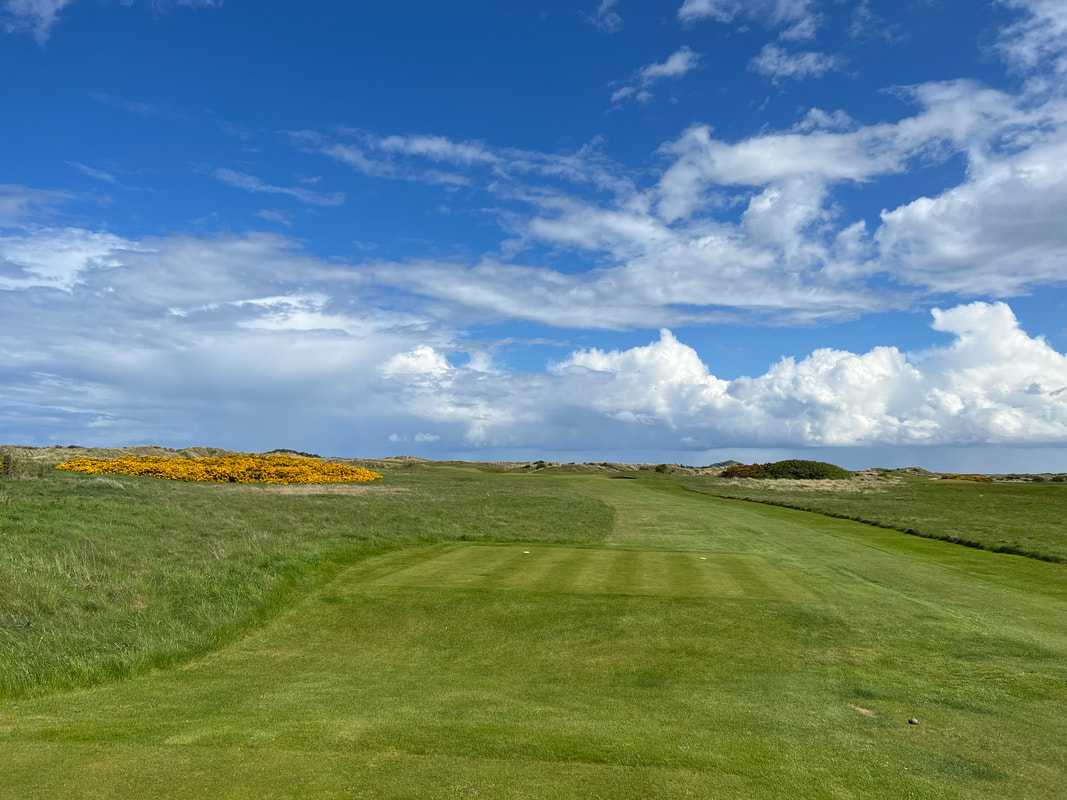

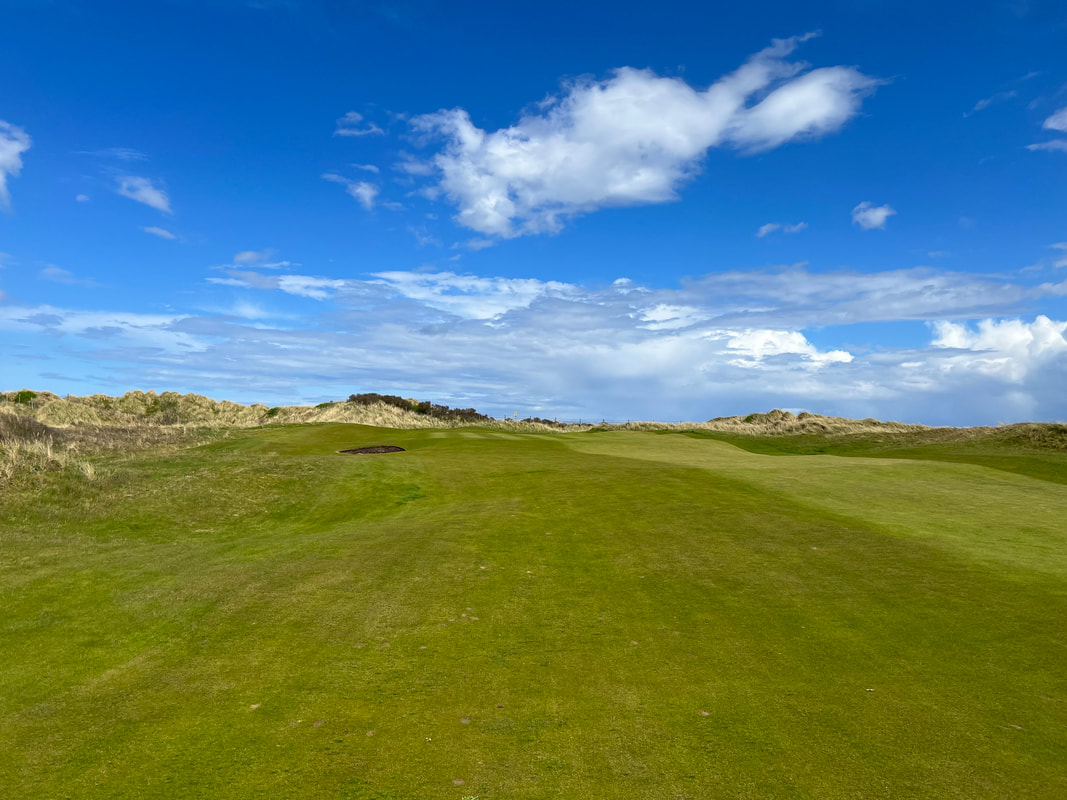
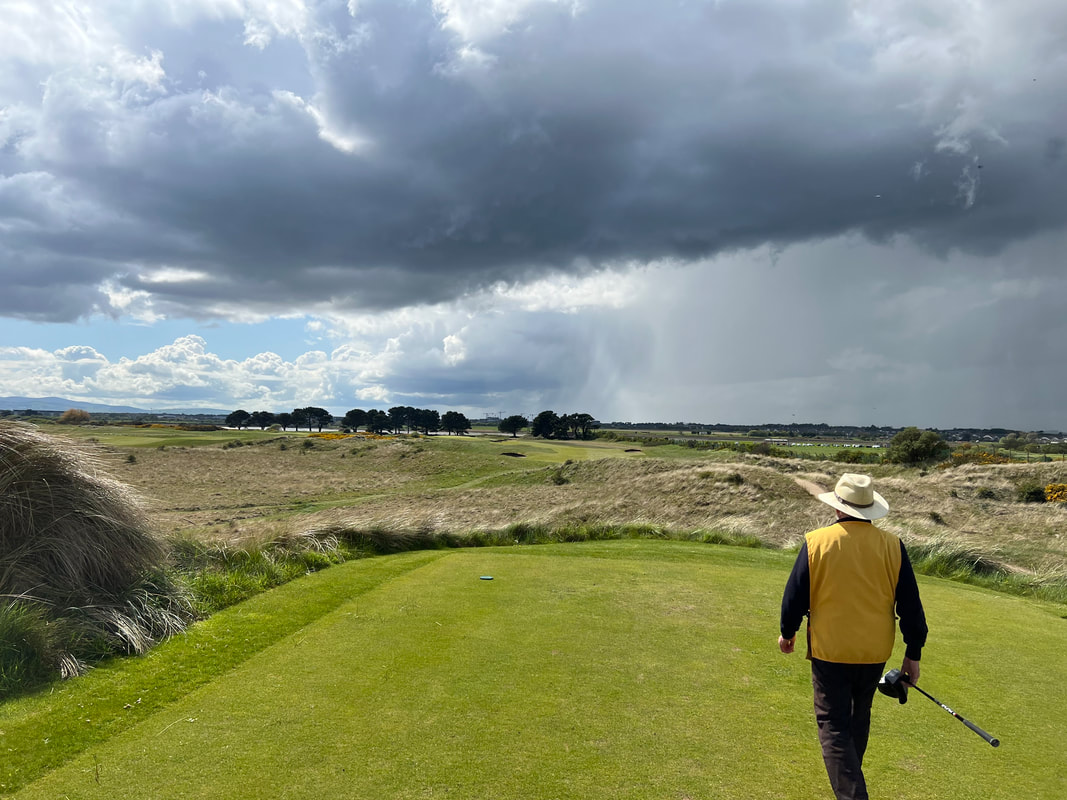
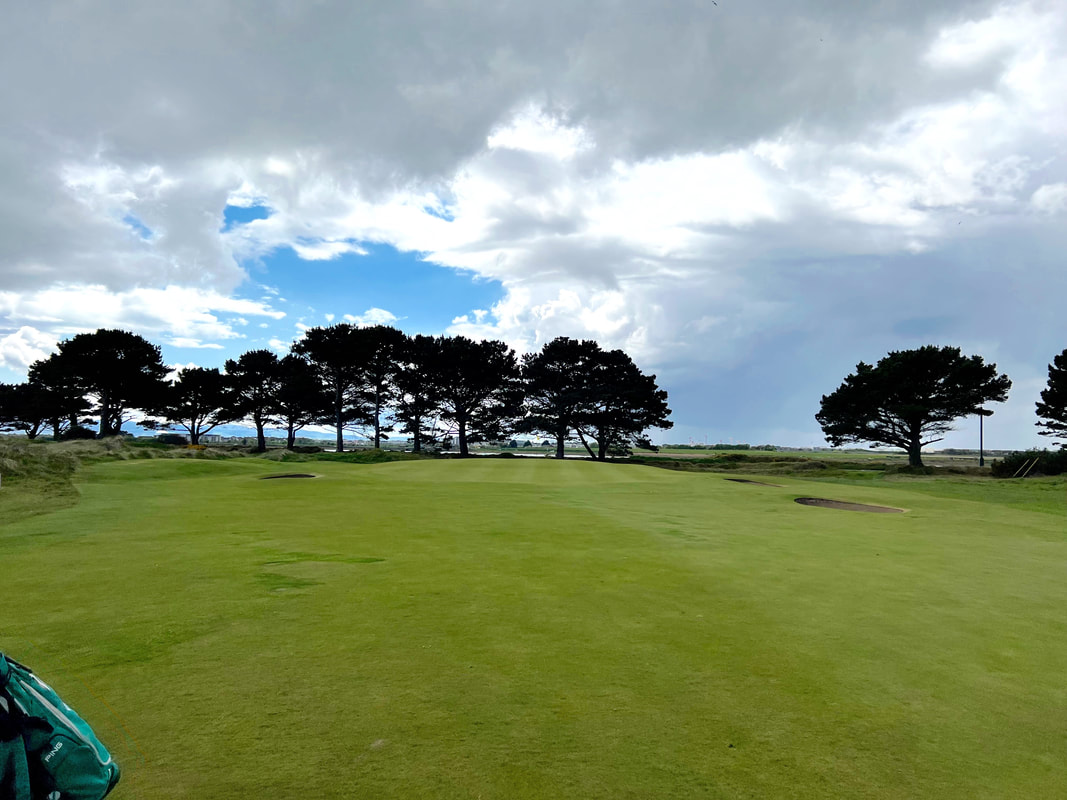
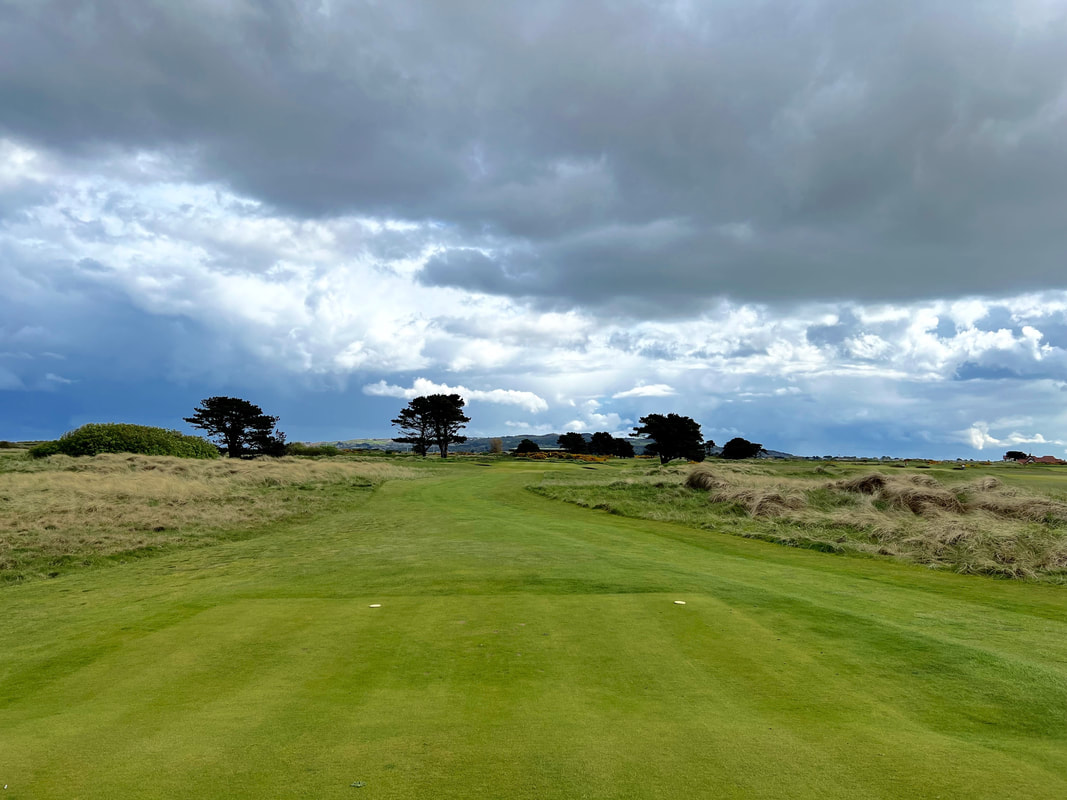
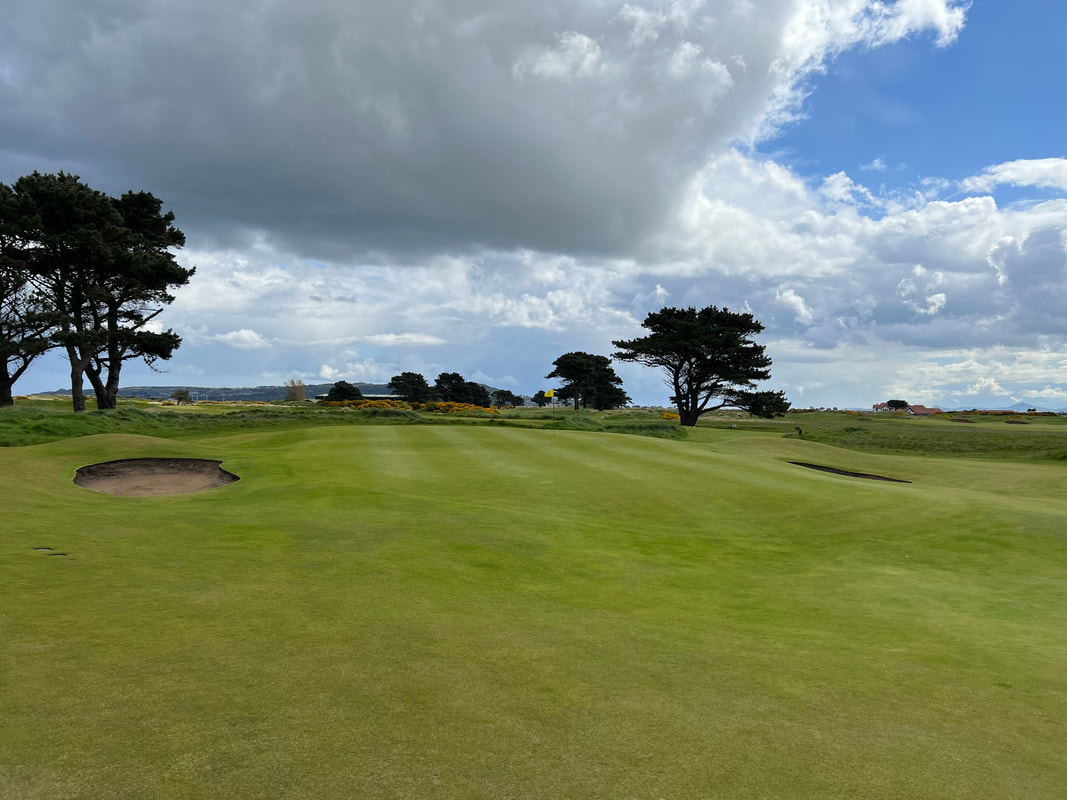
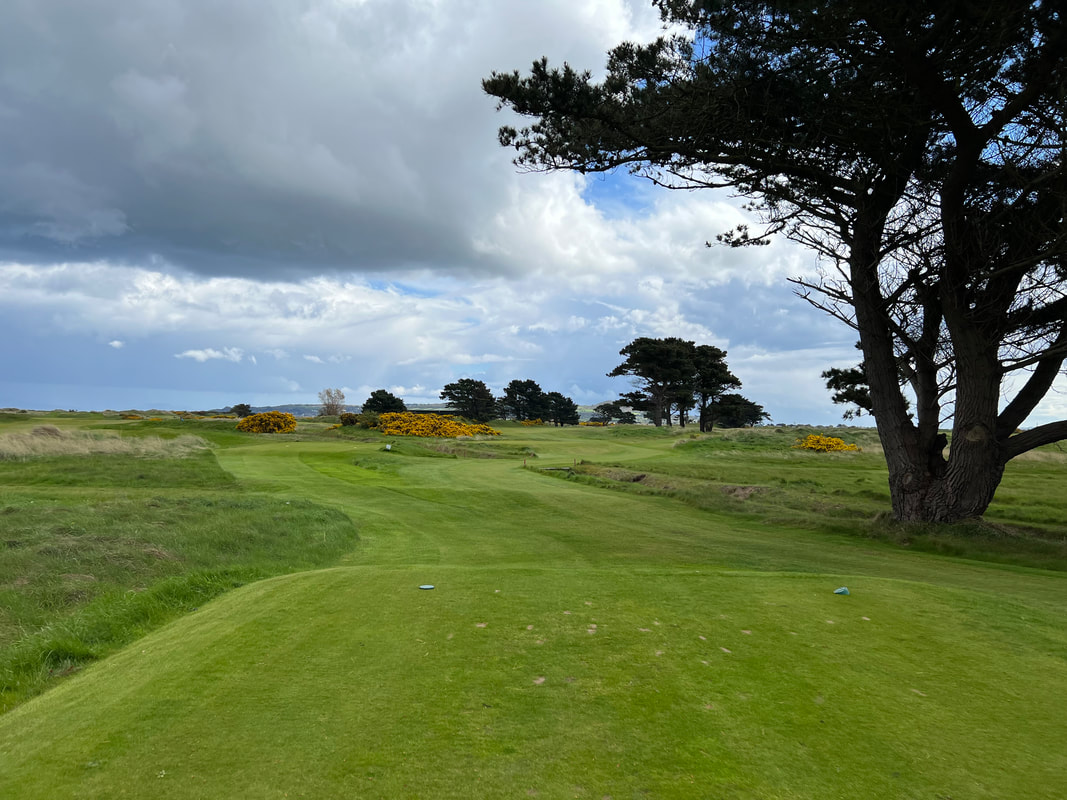
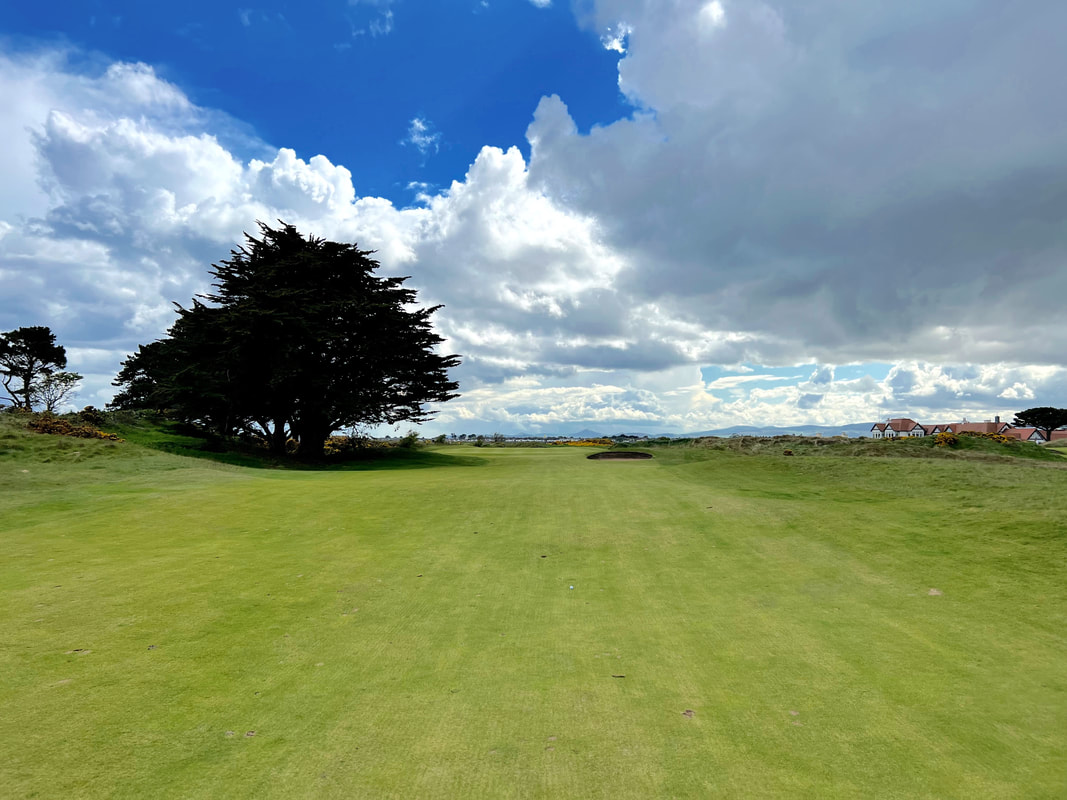
 RSS Feed
RSS Feed